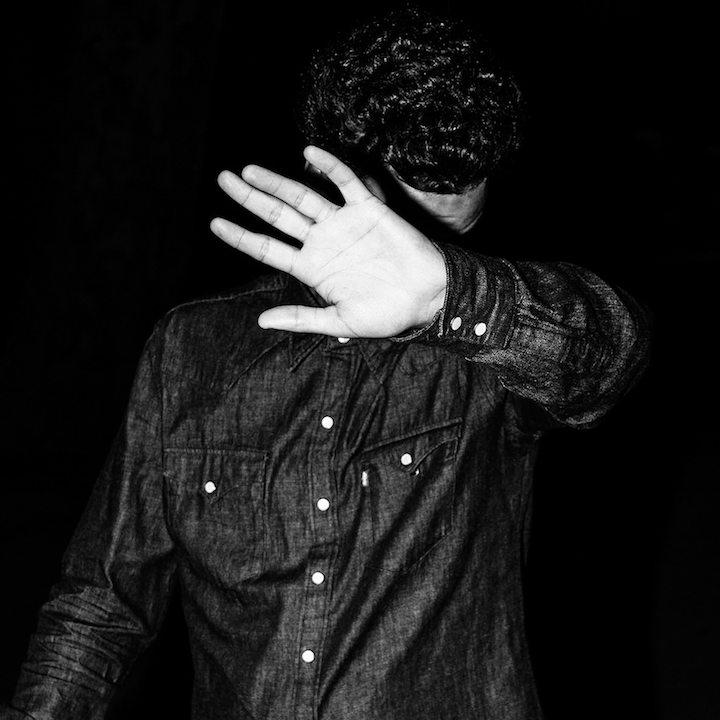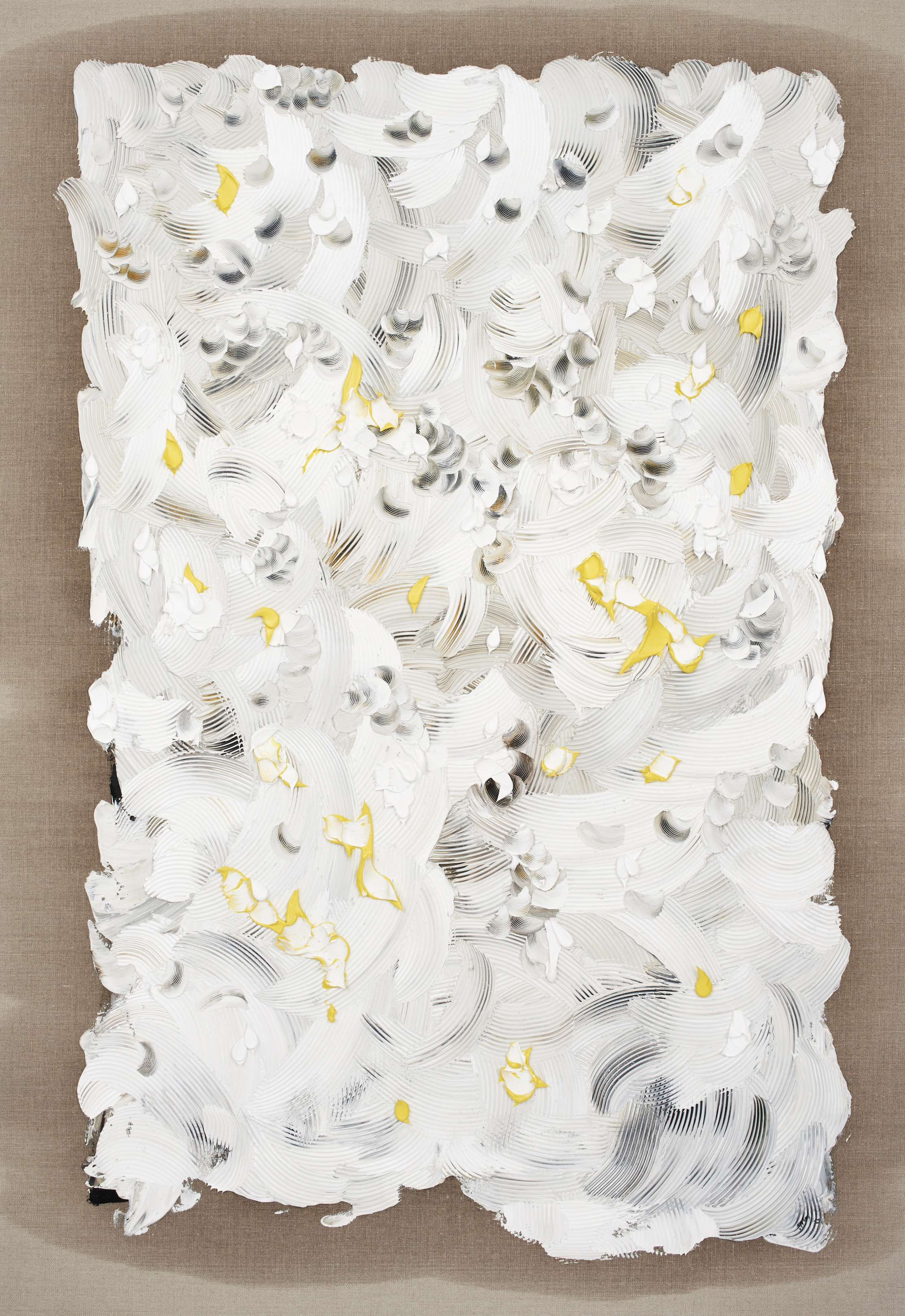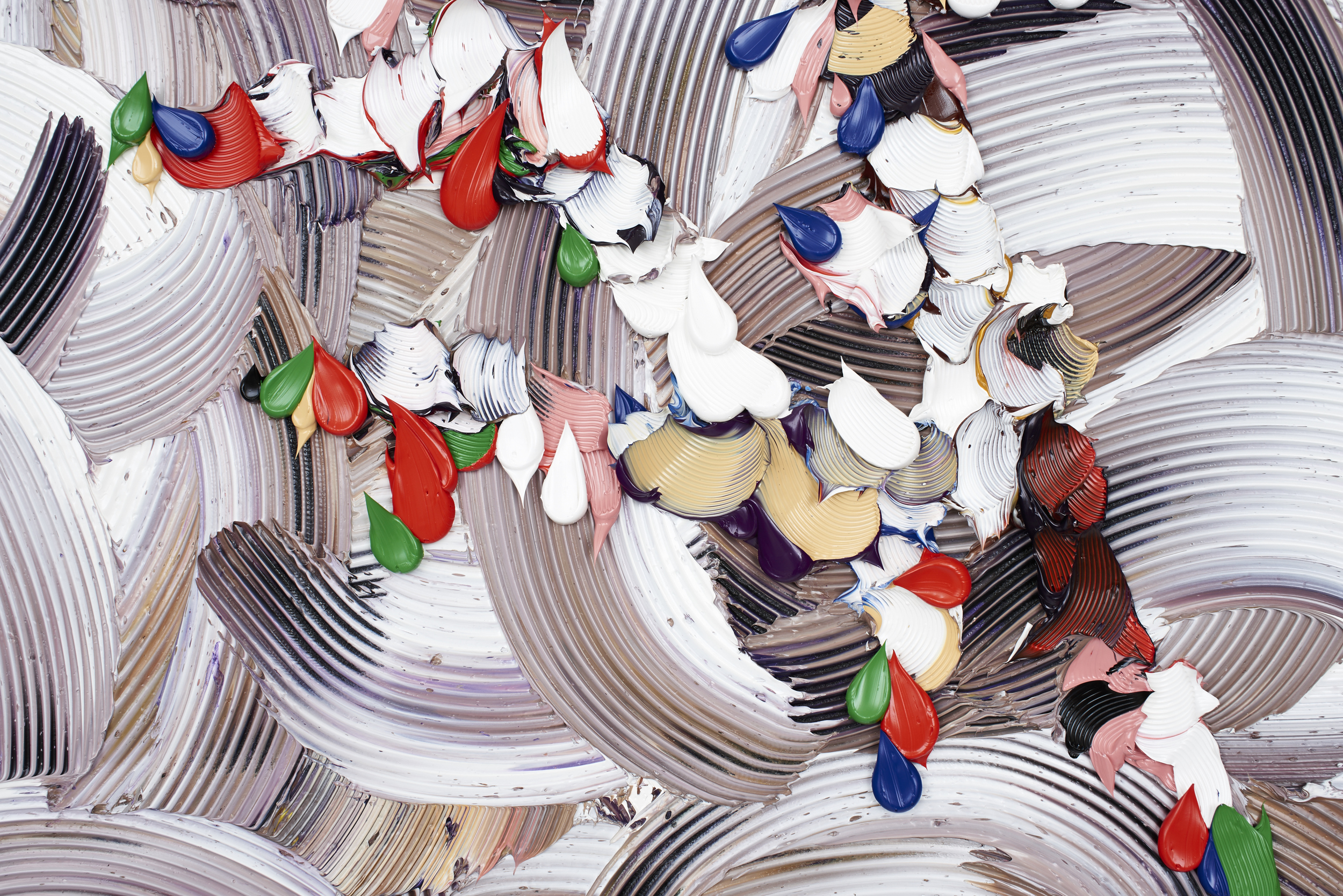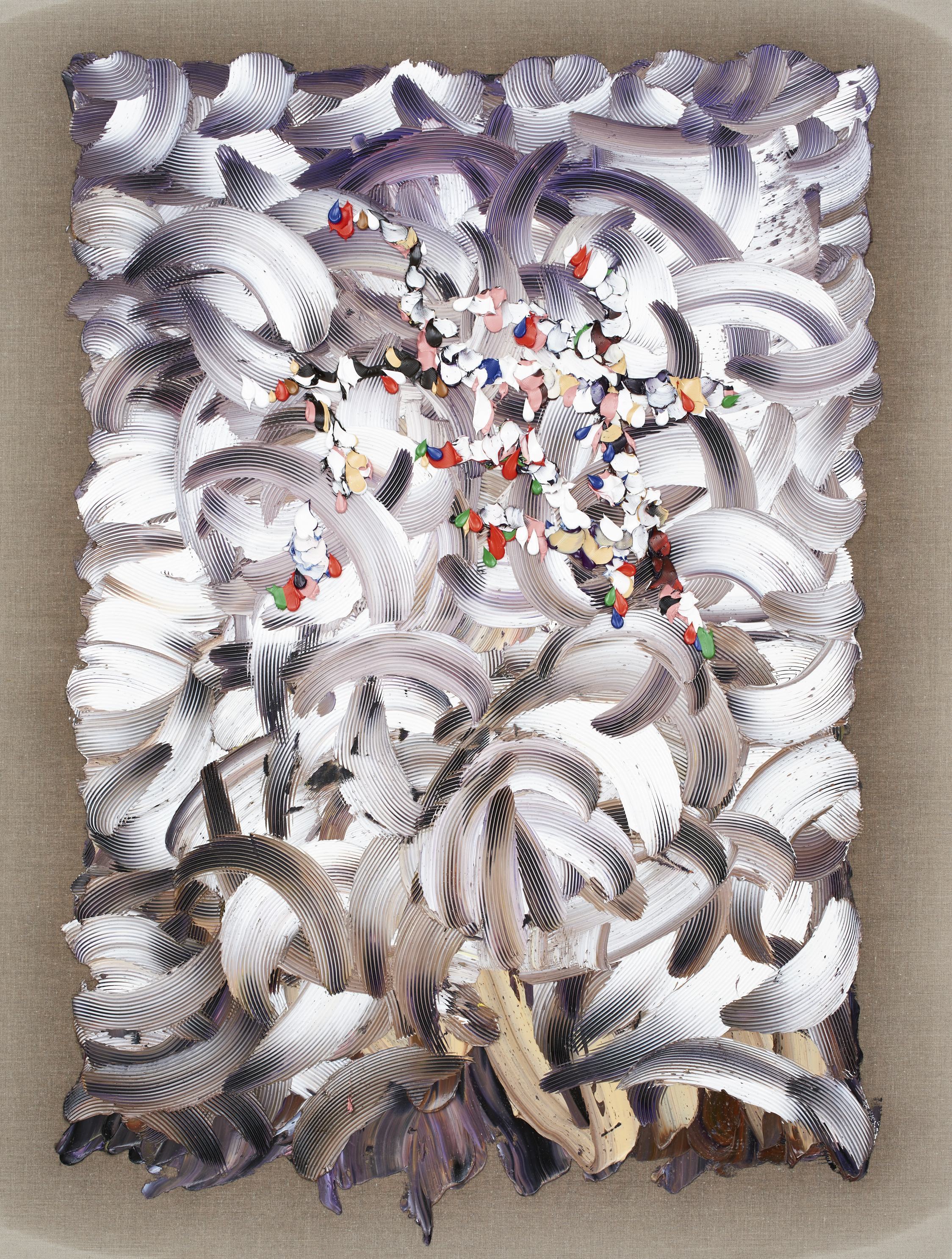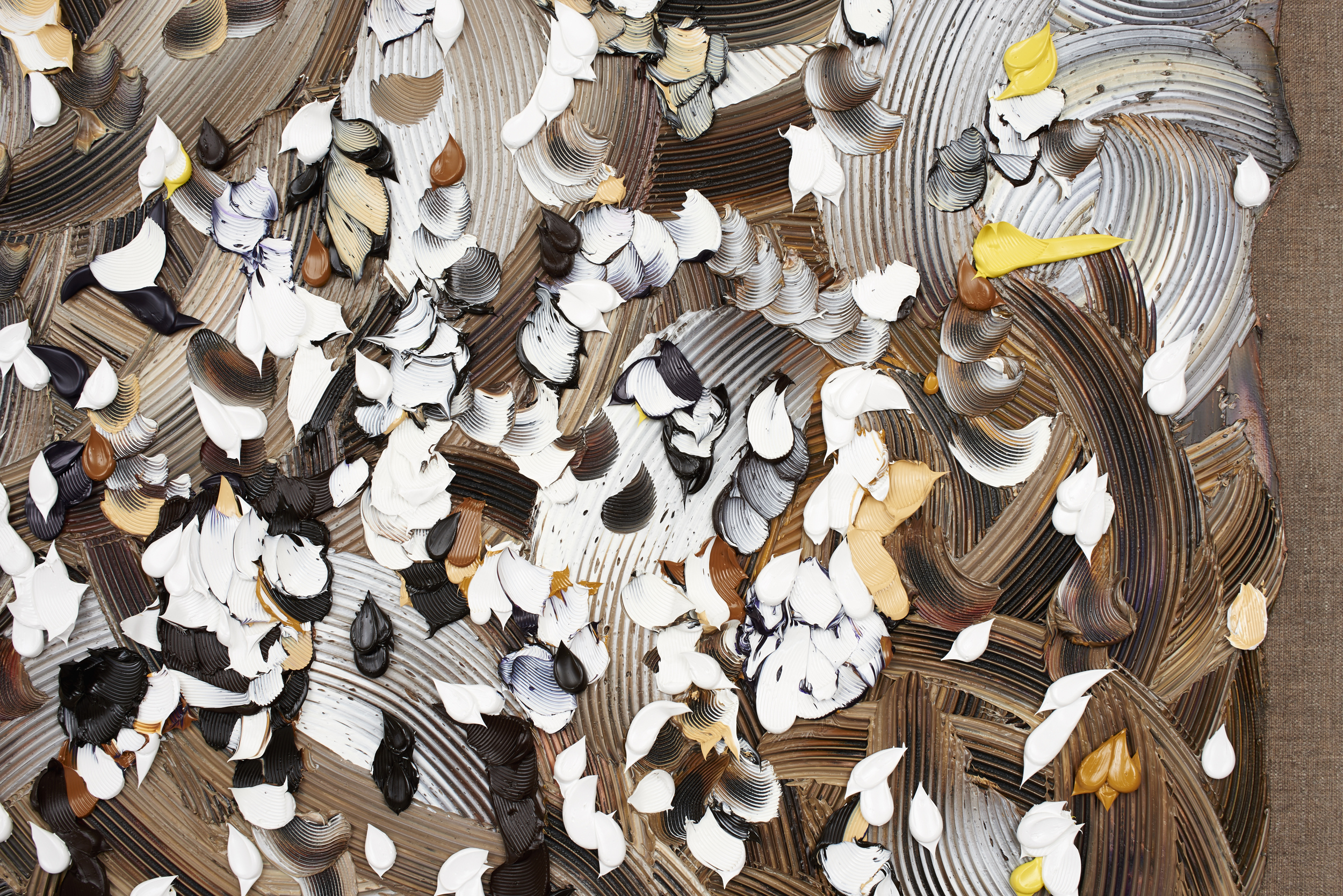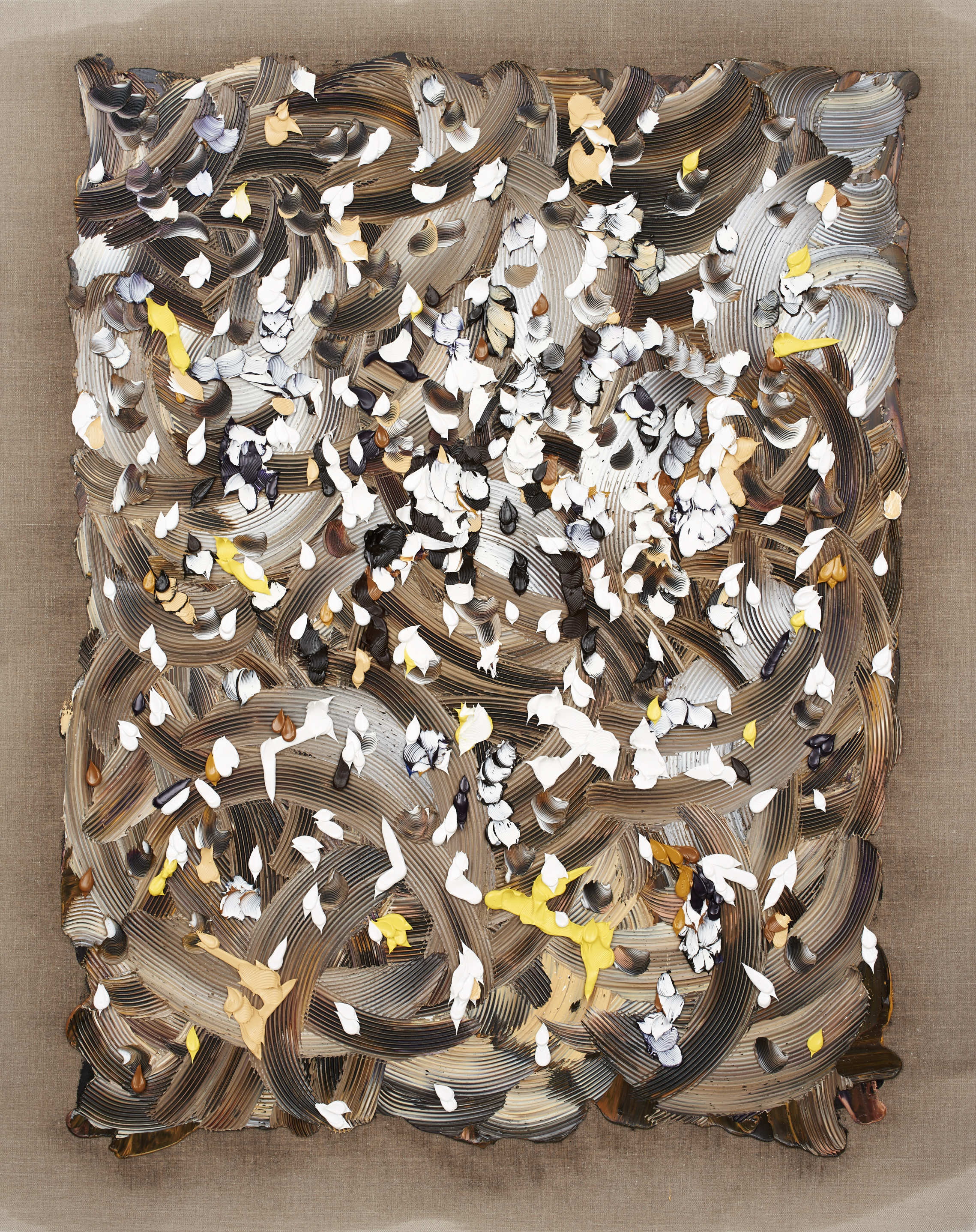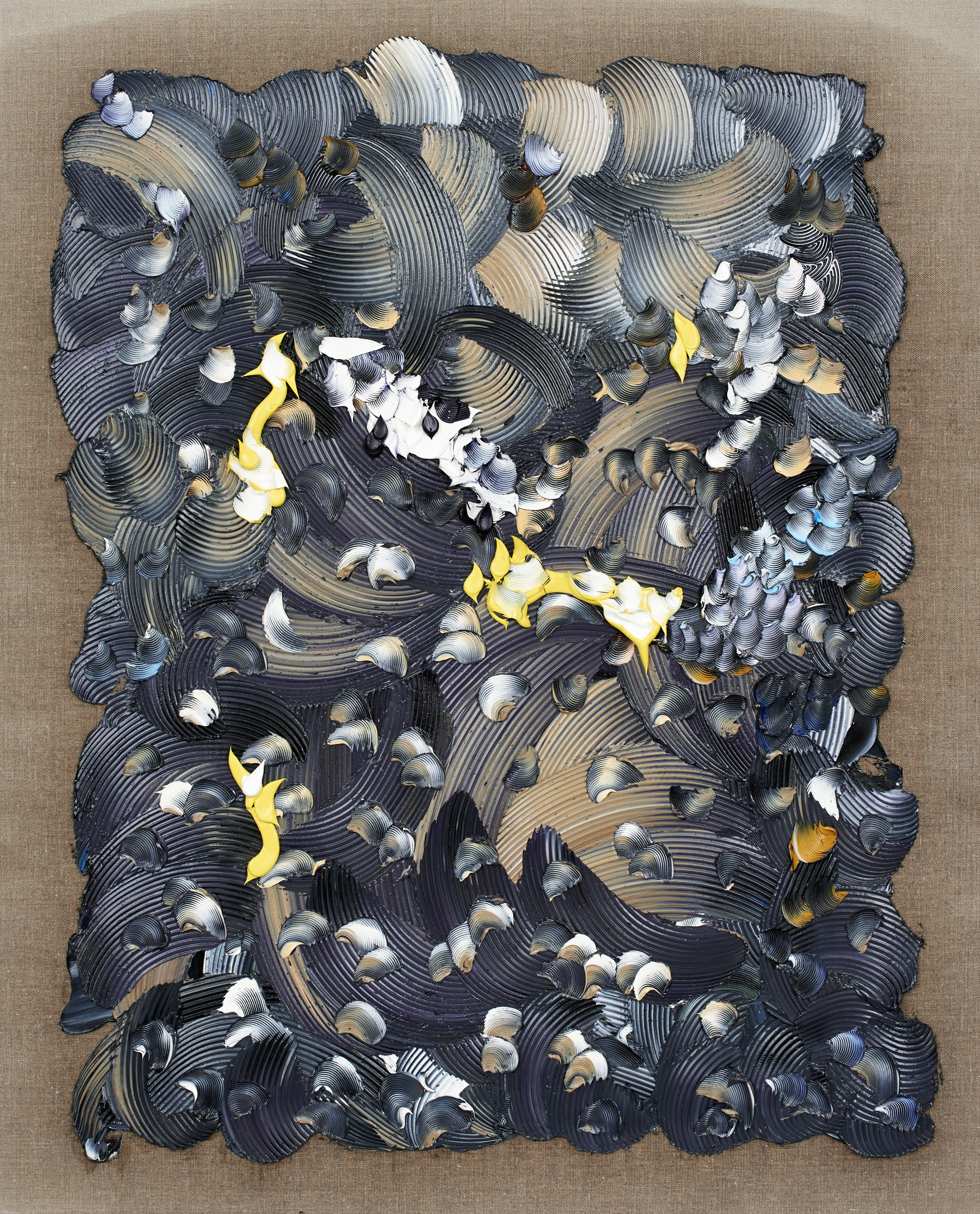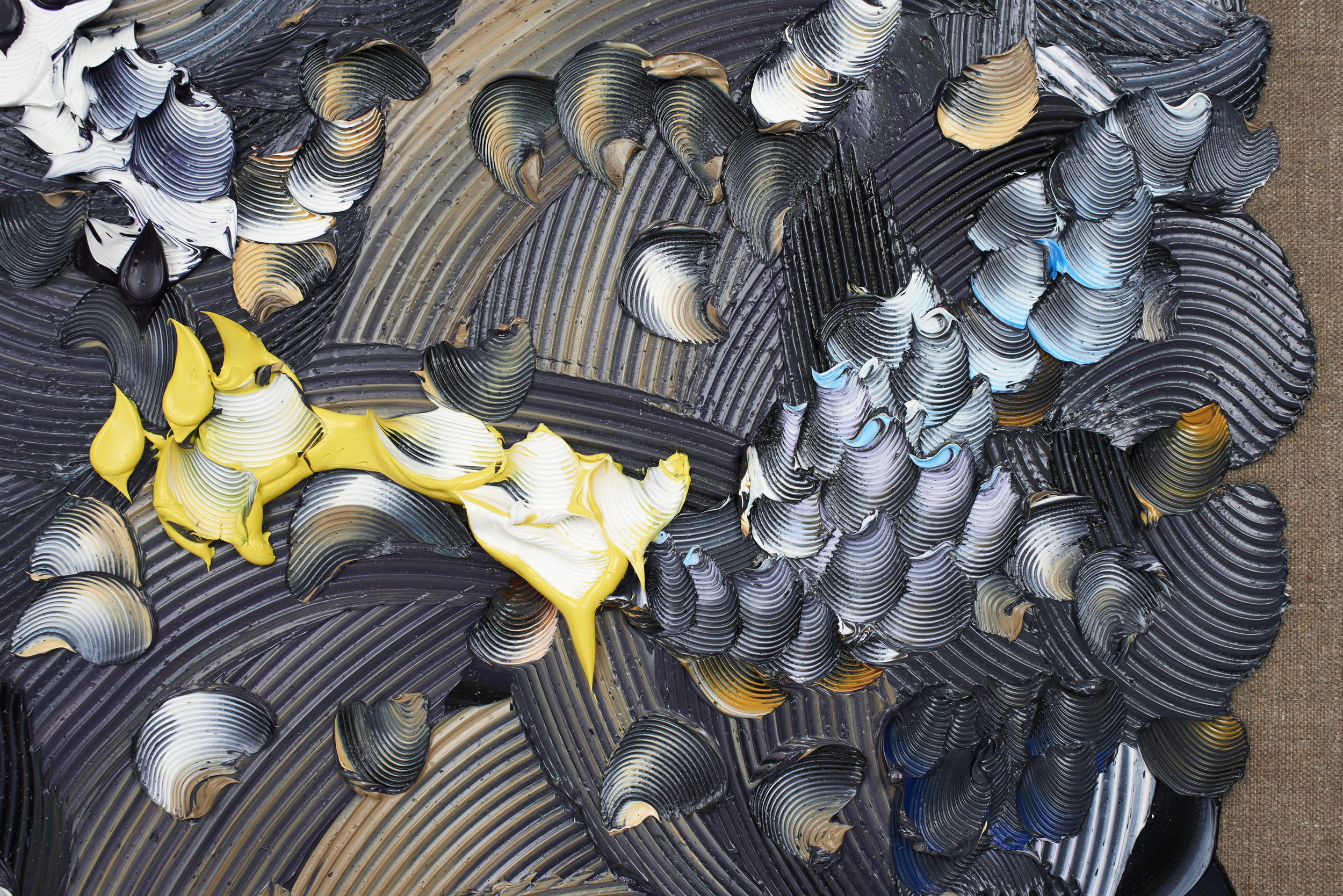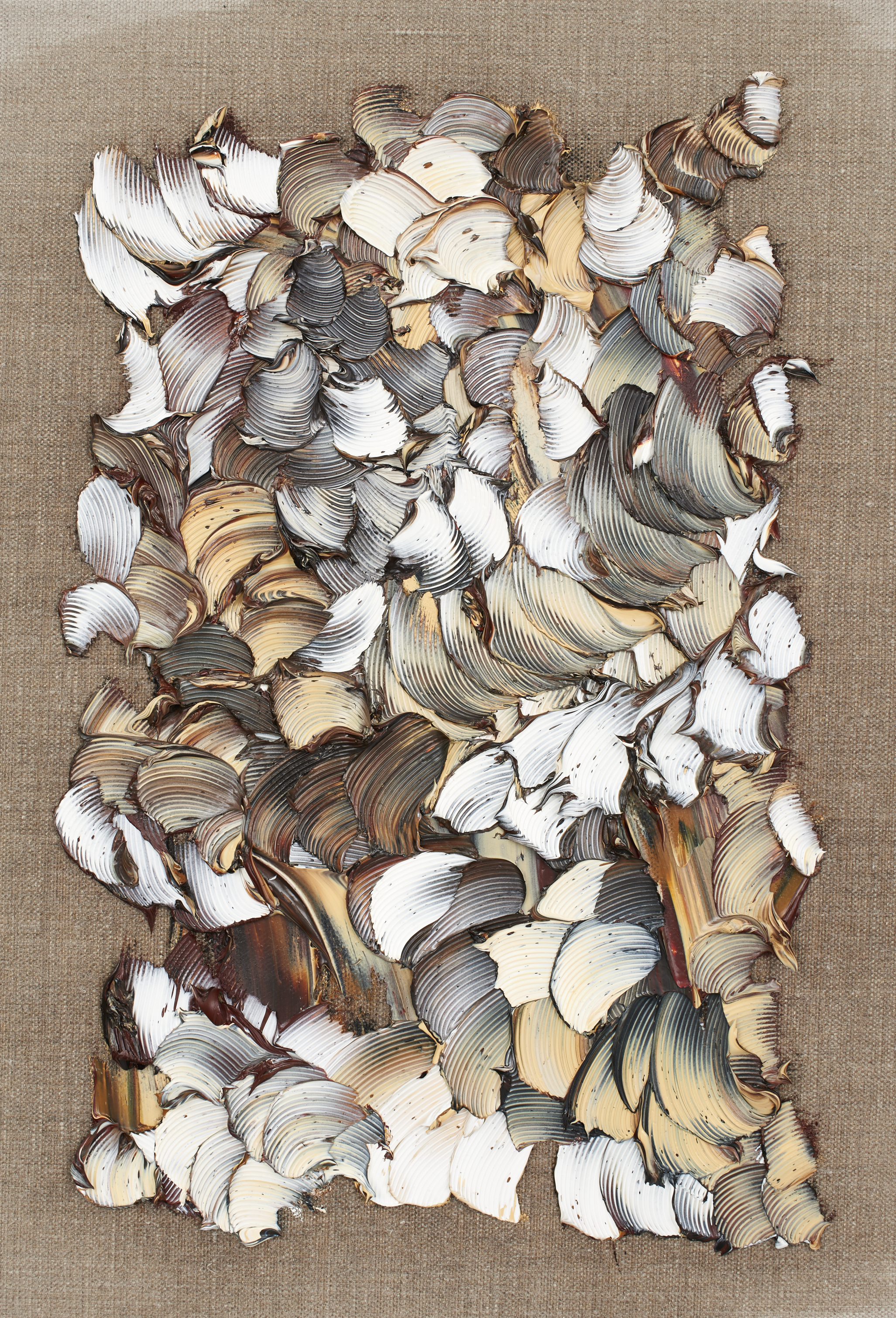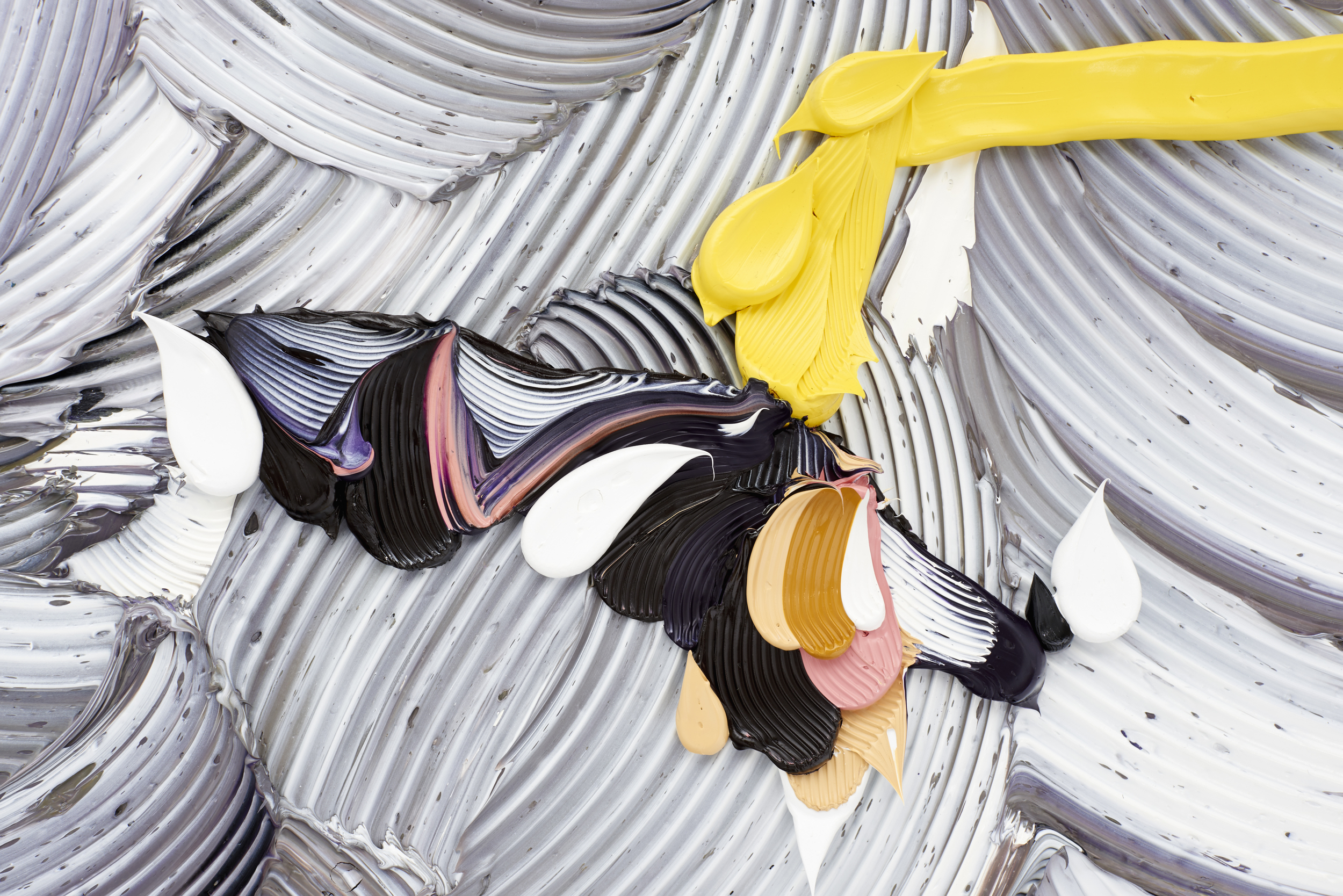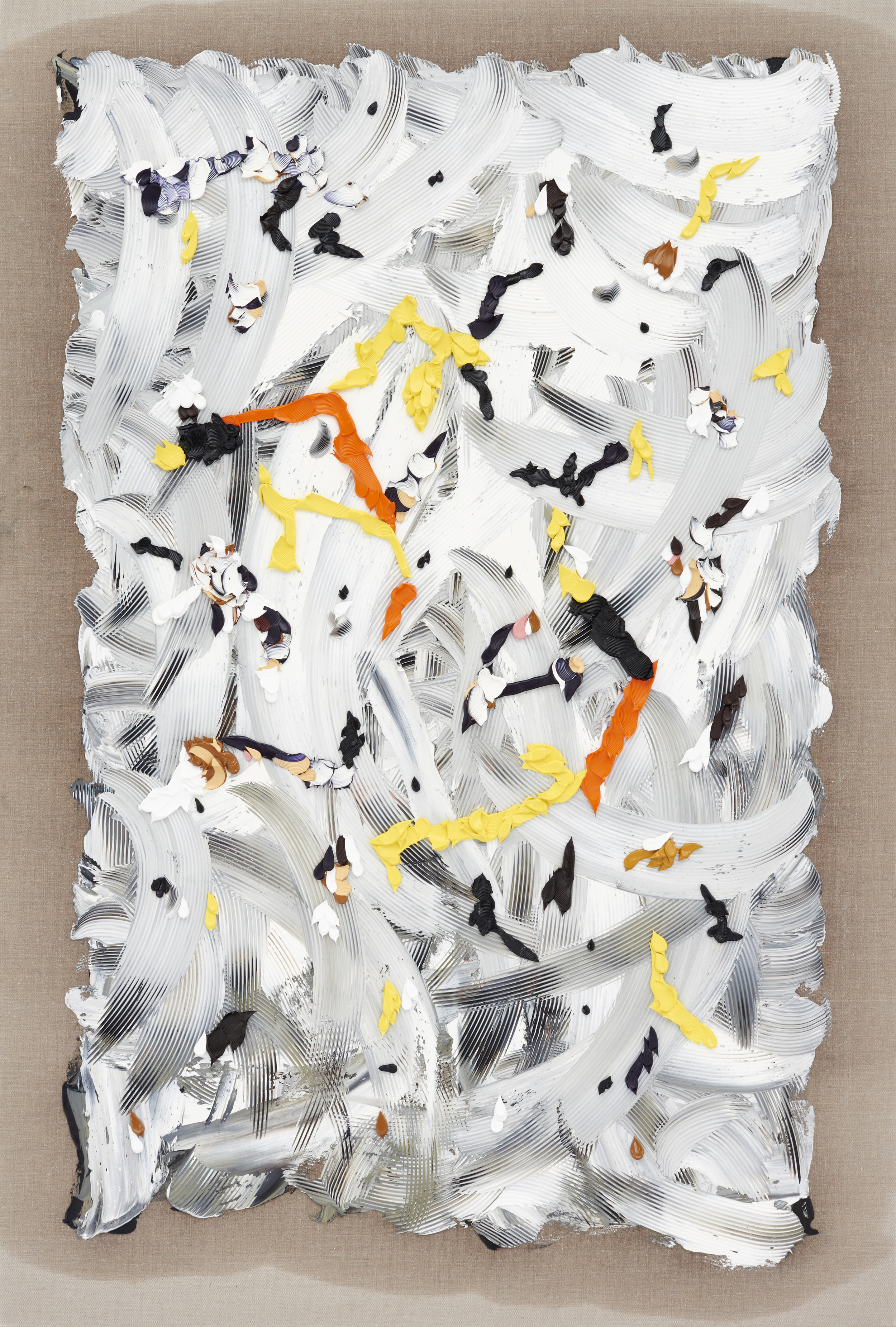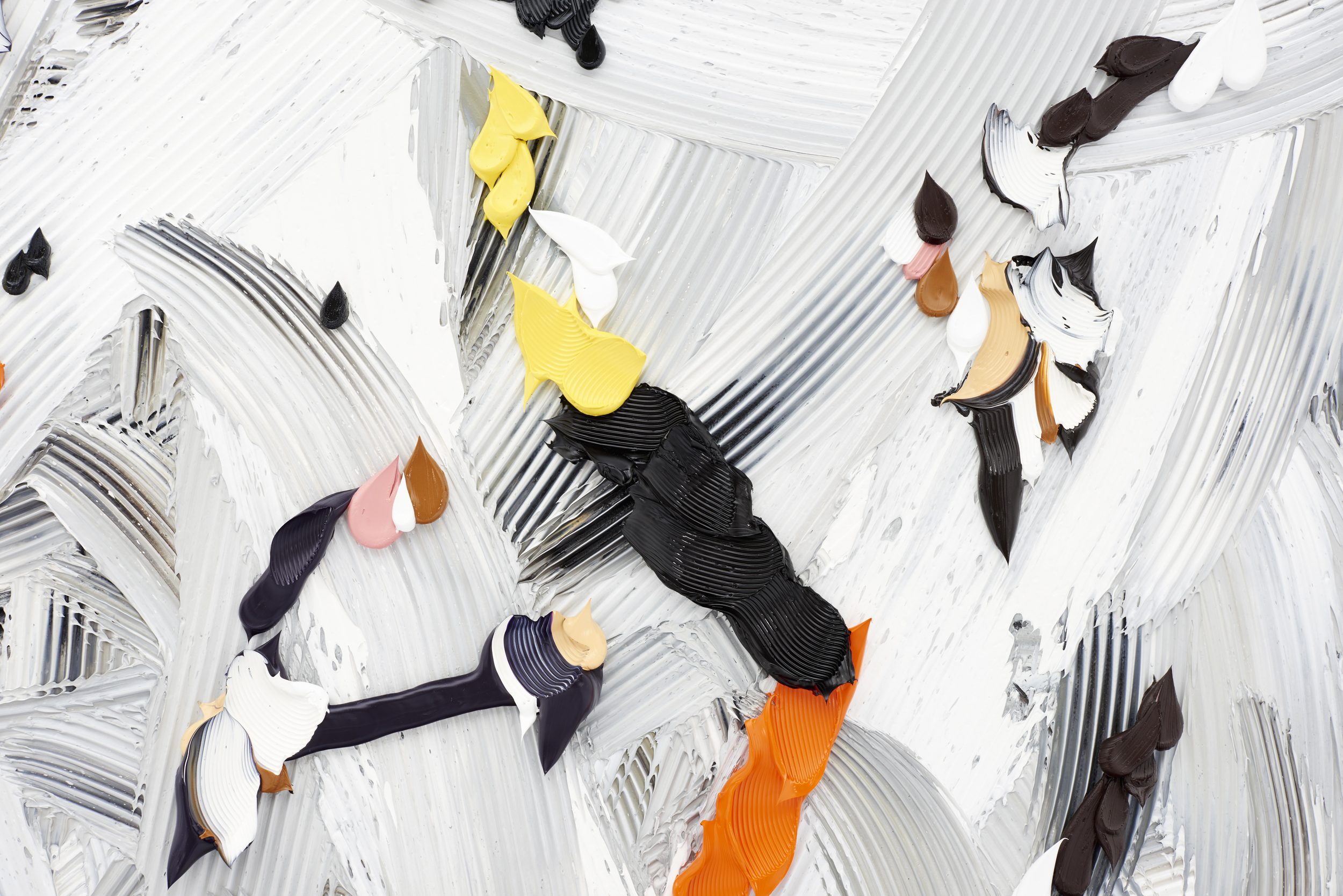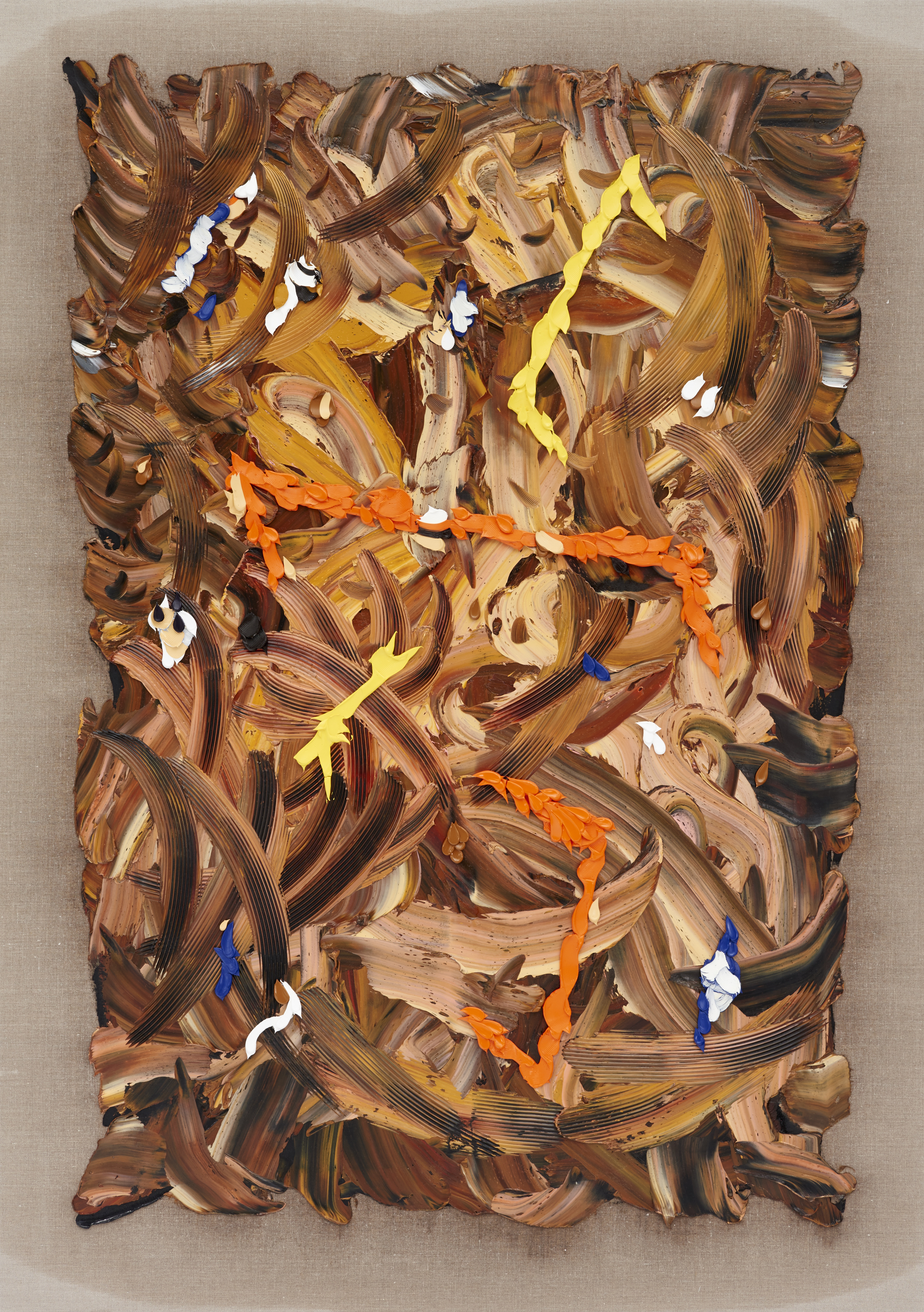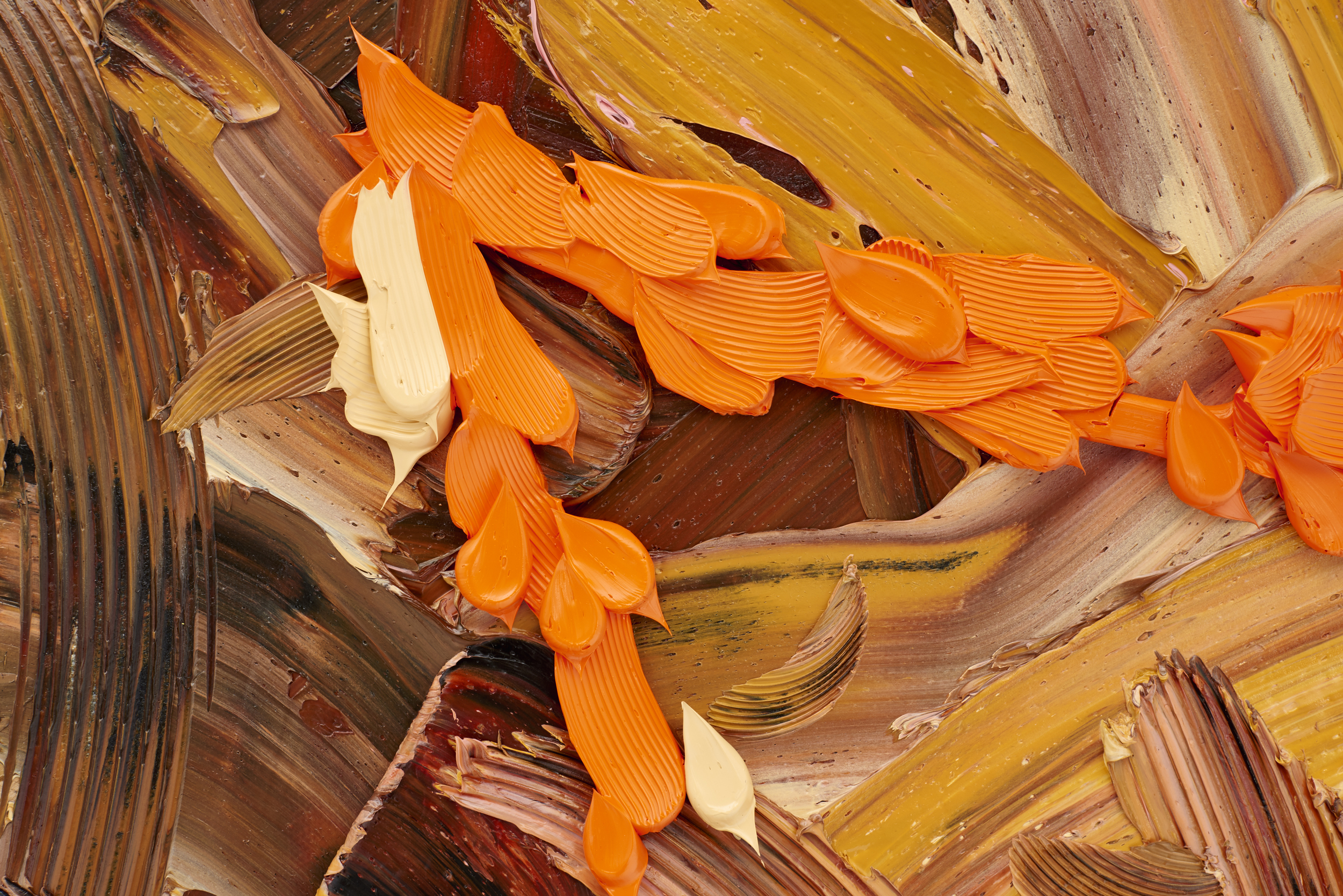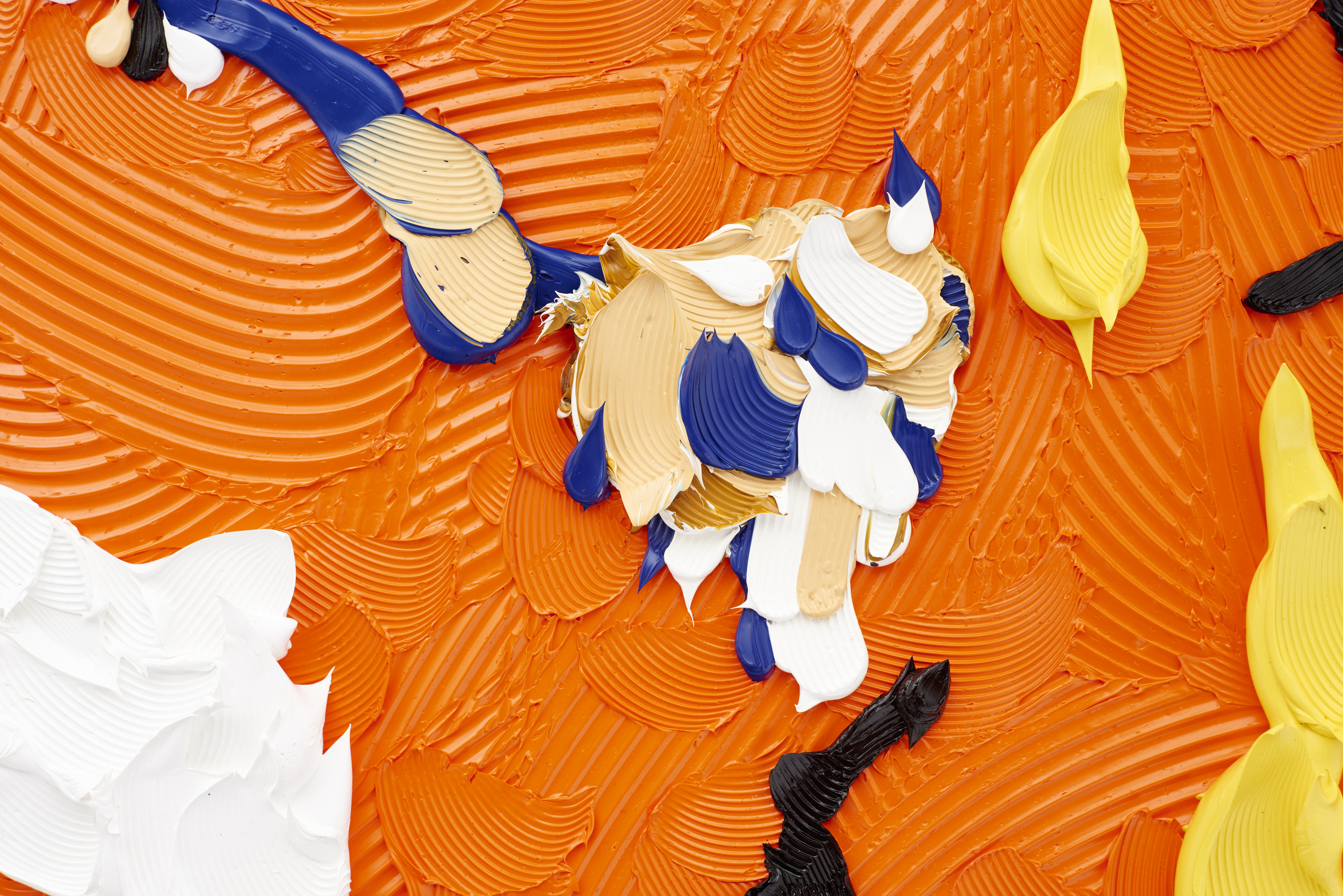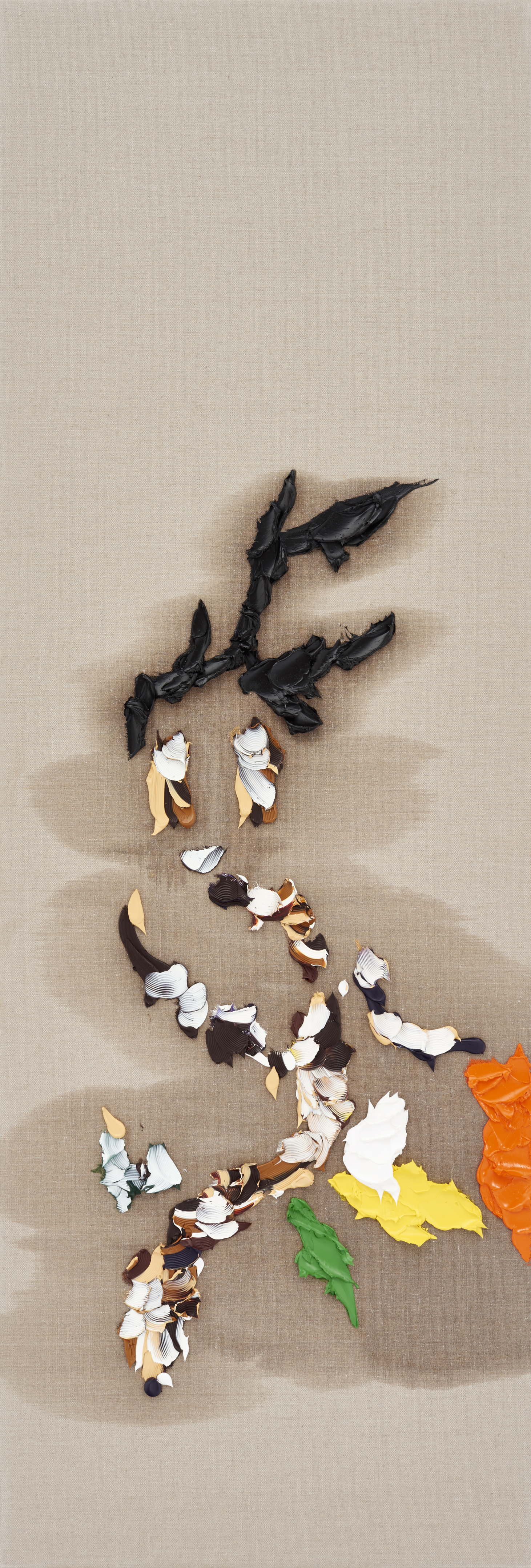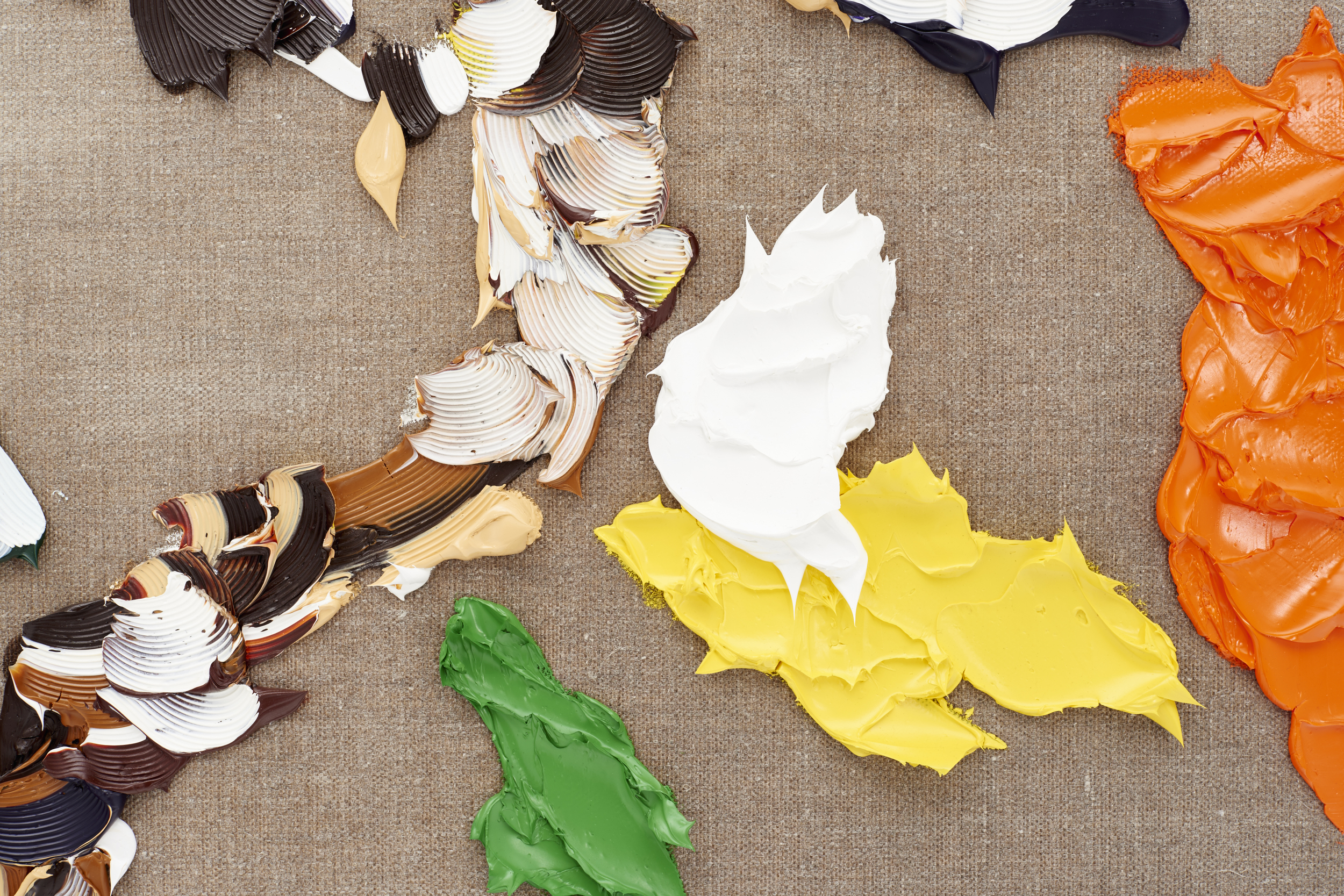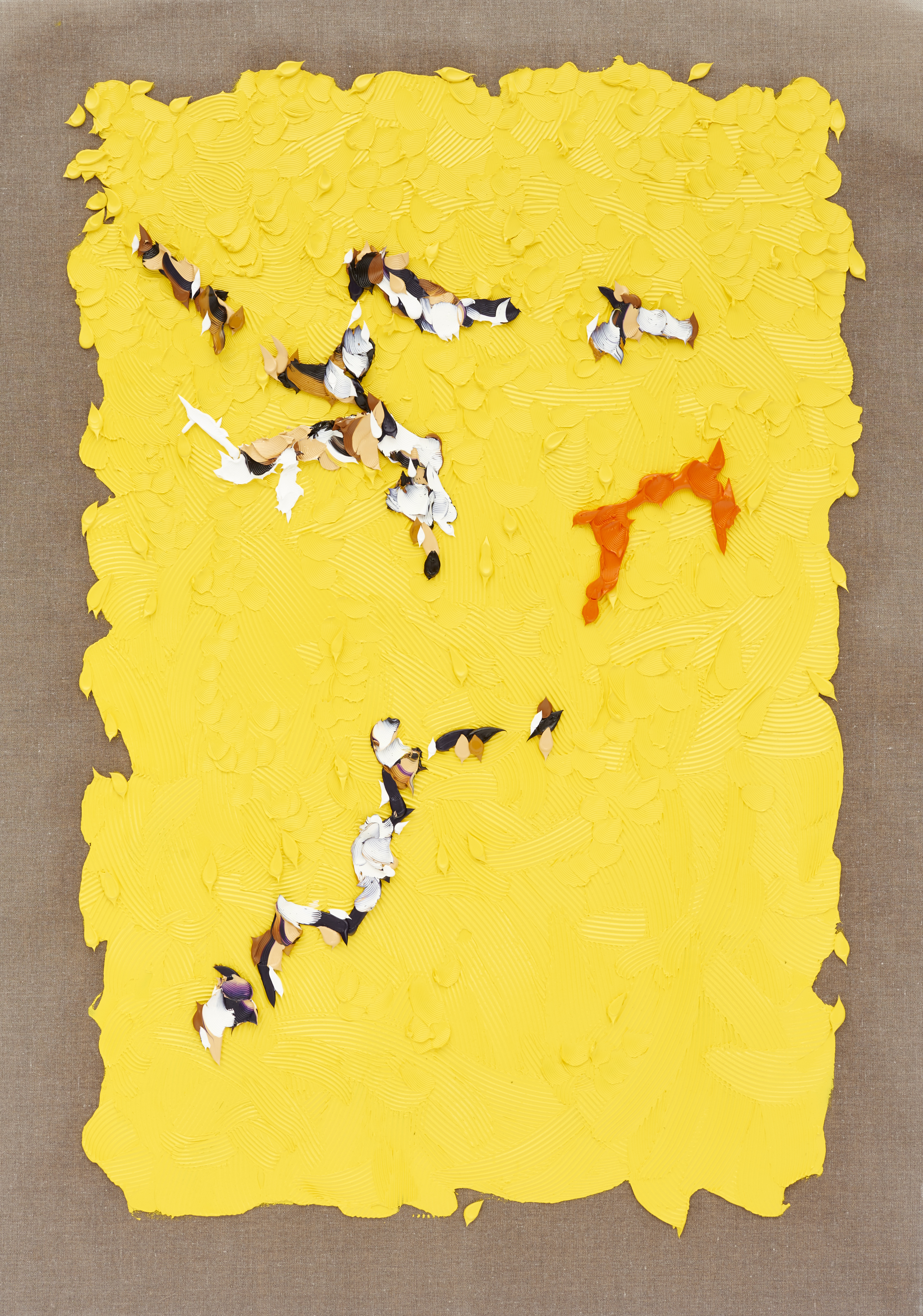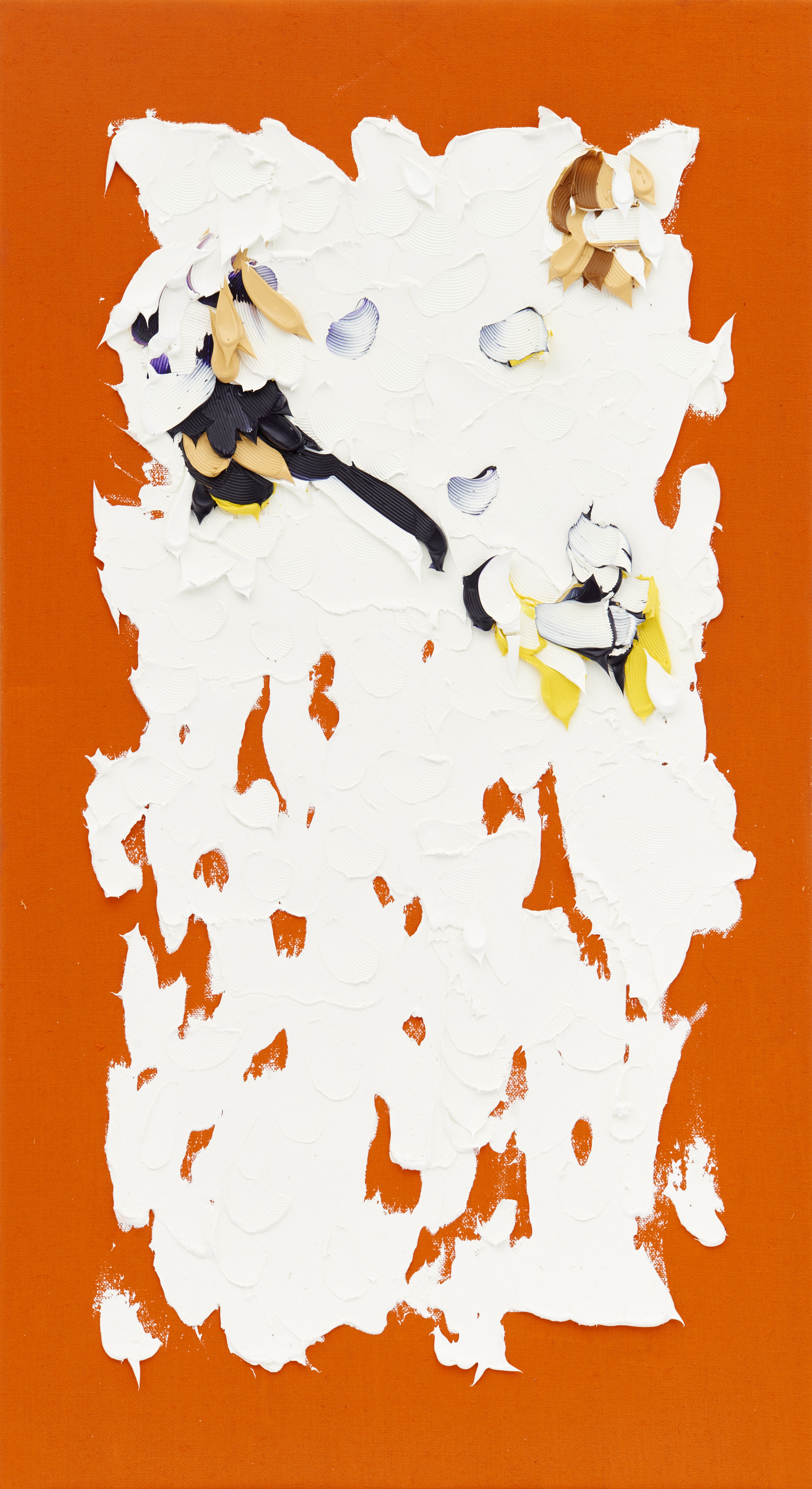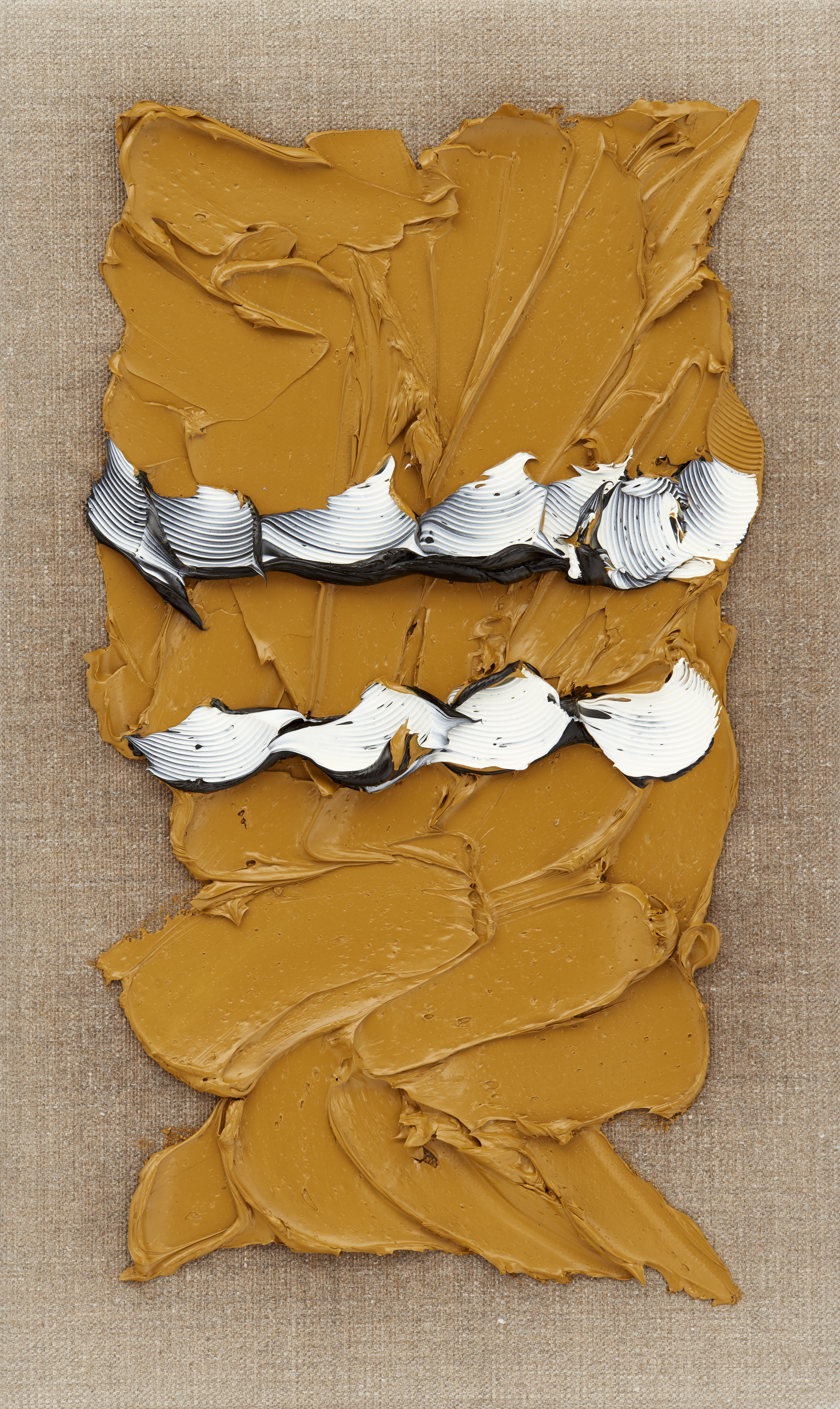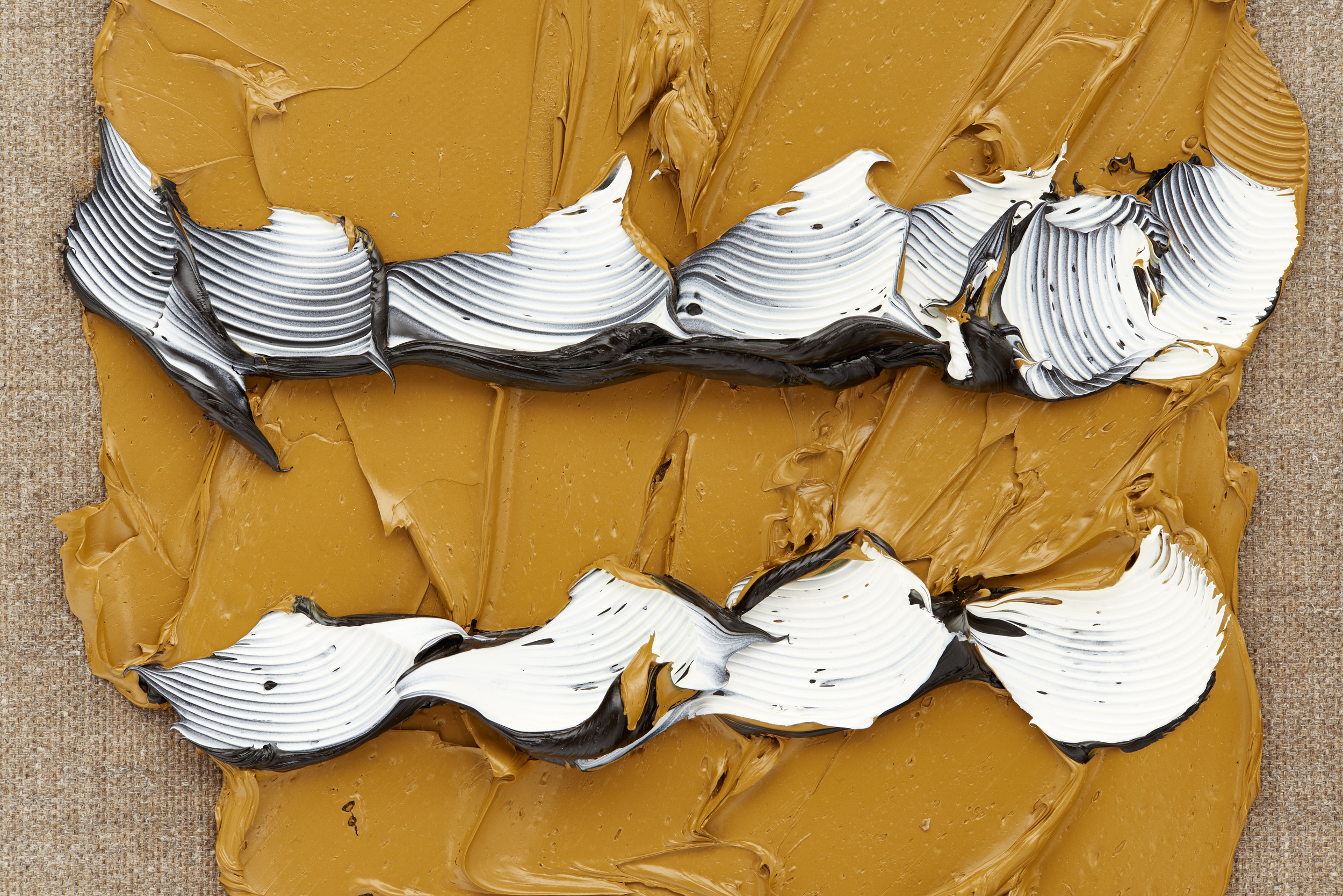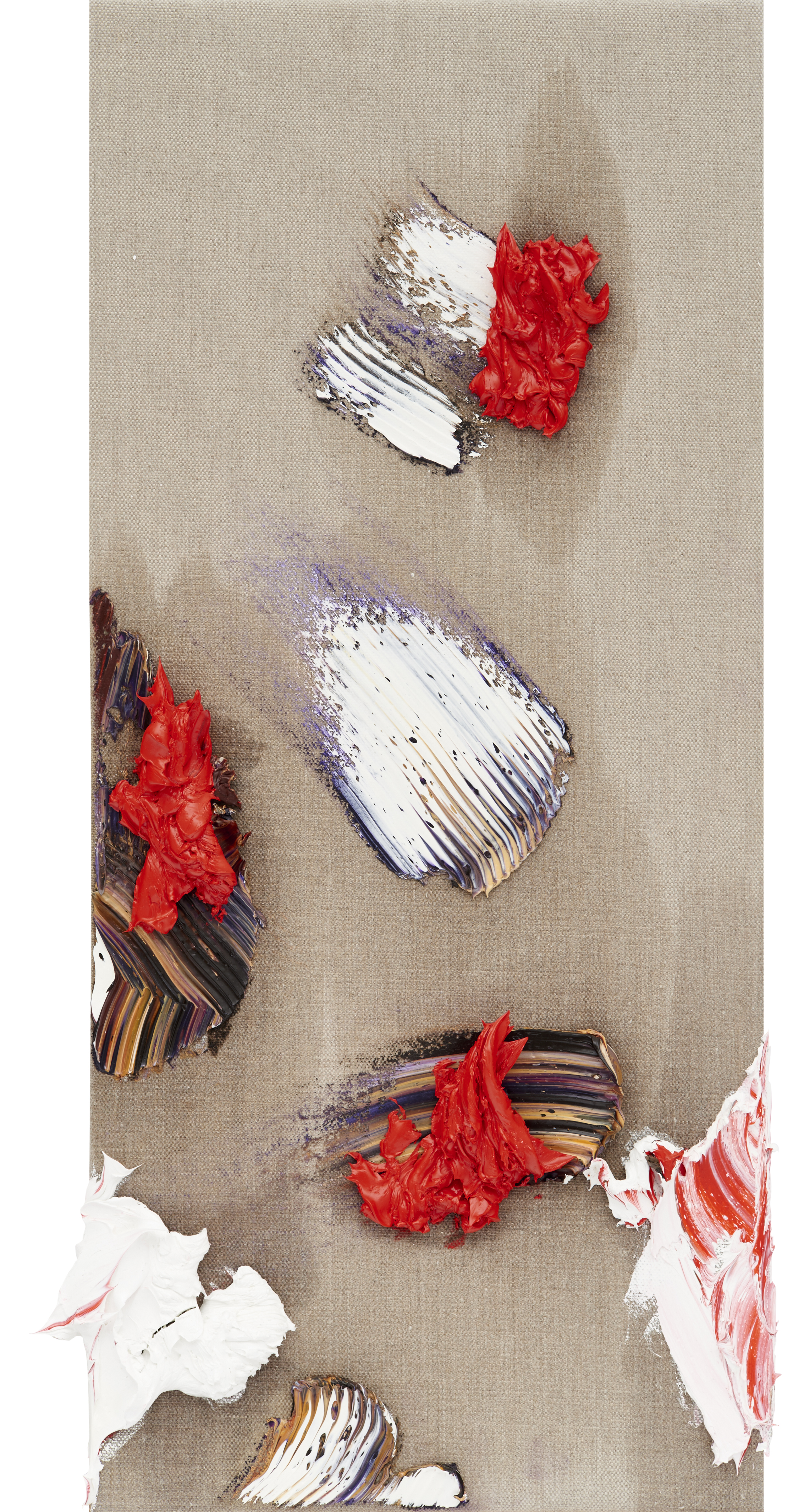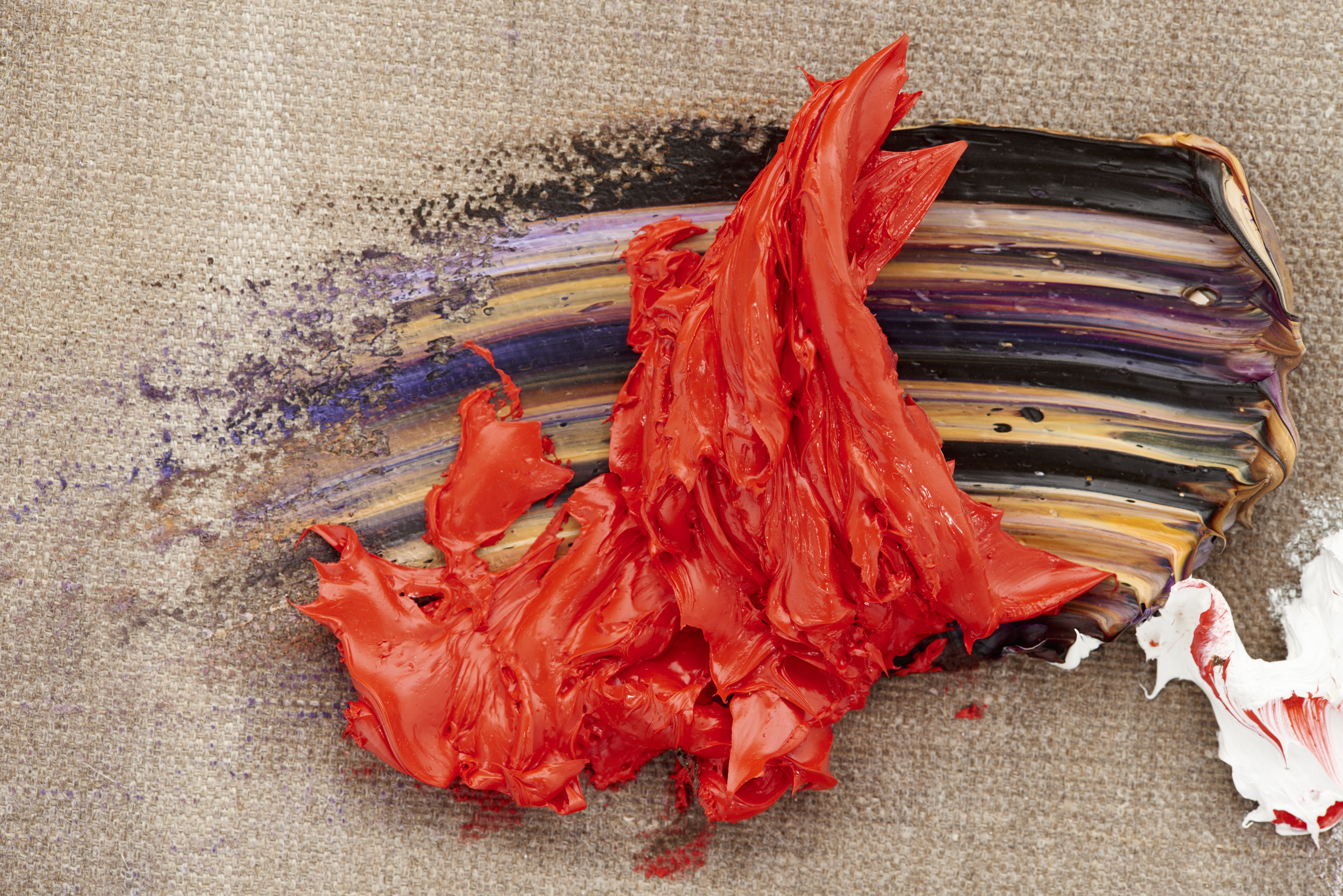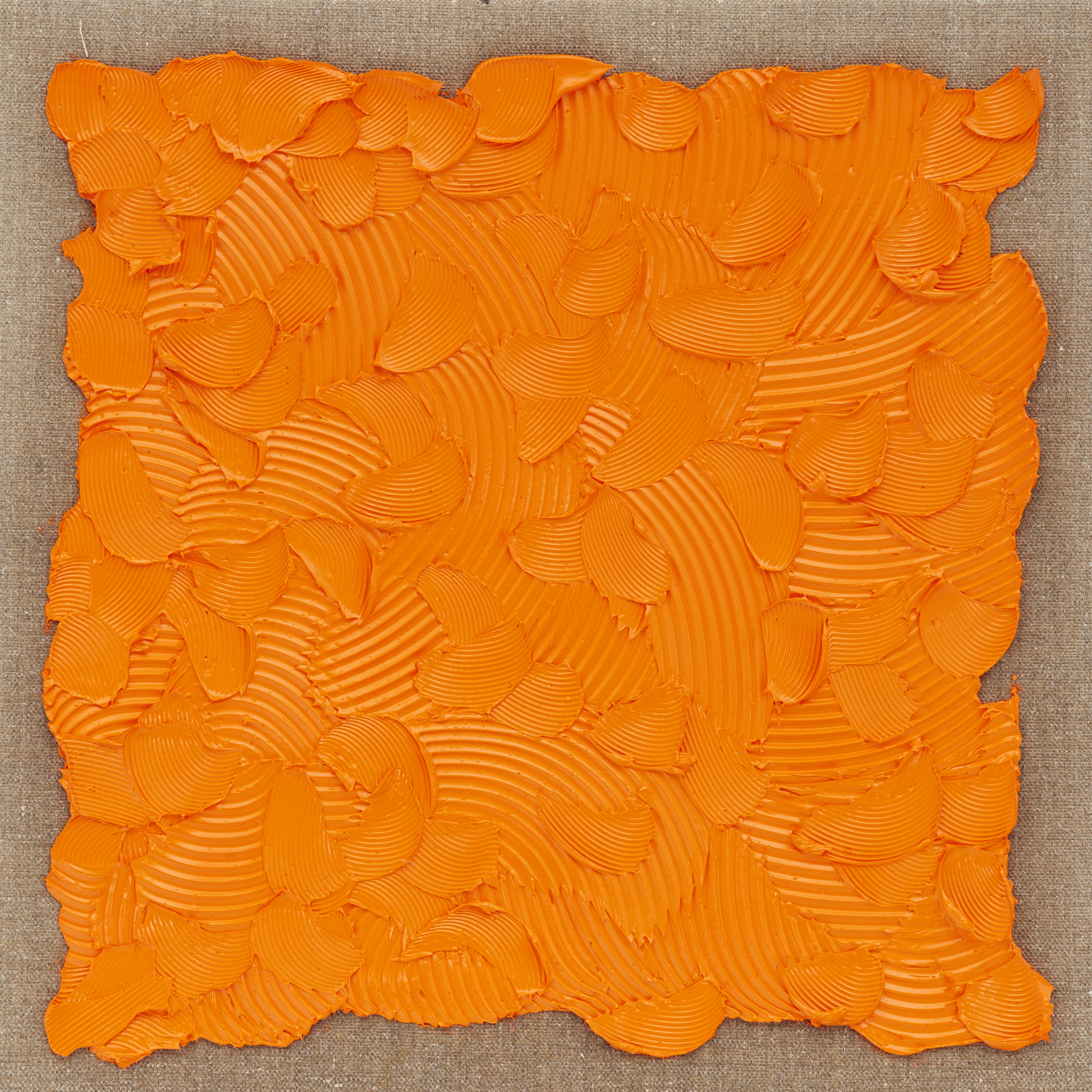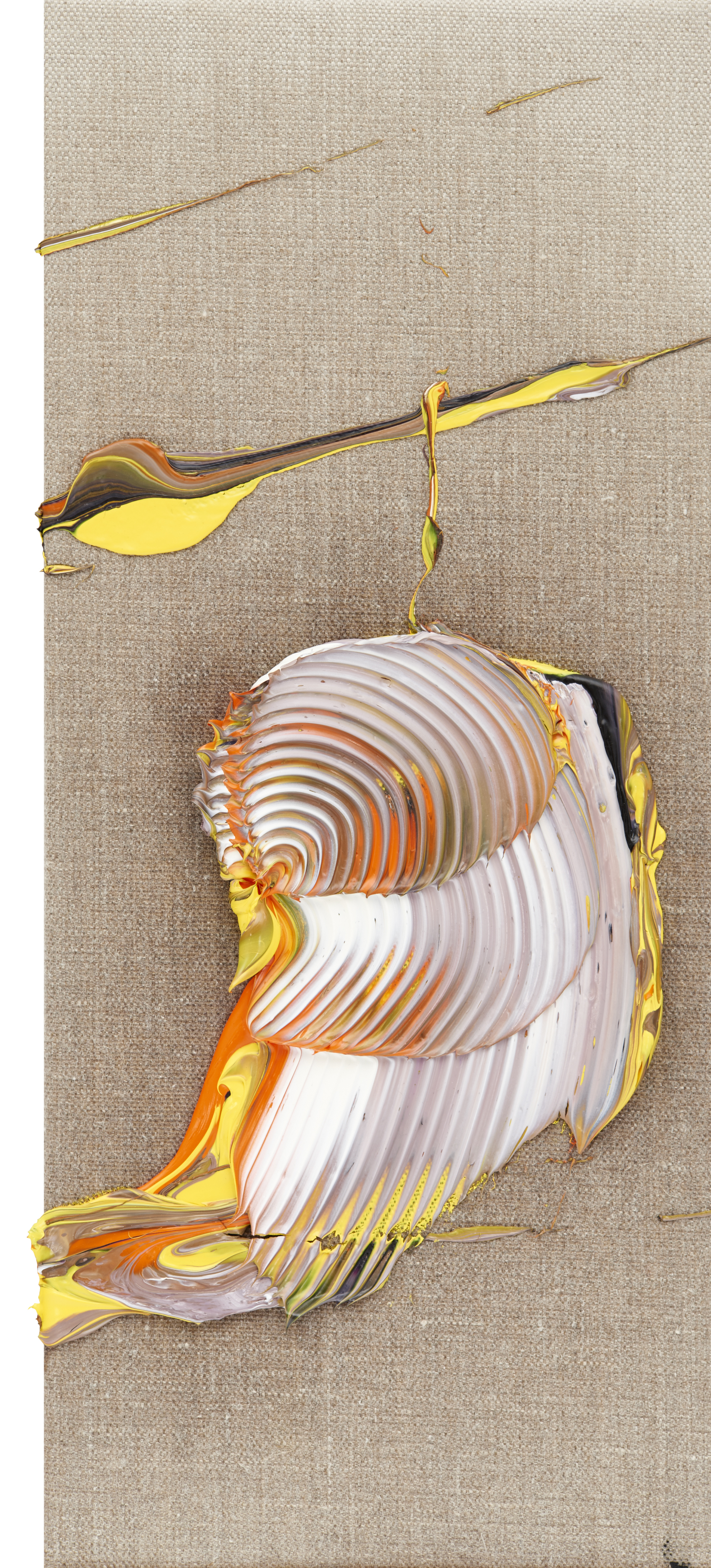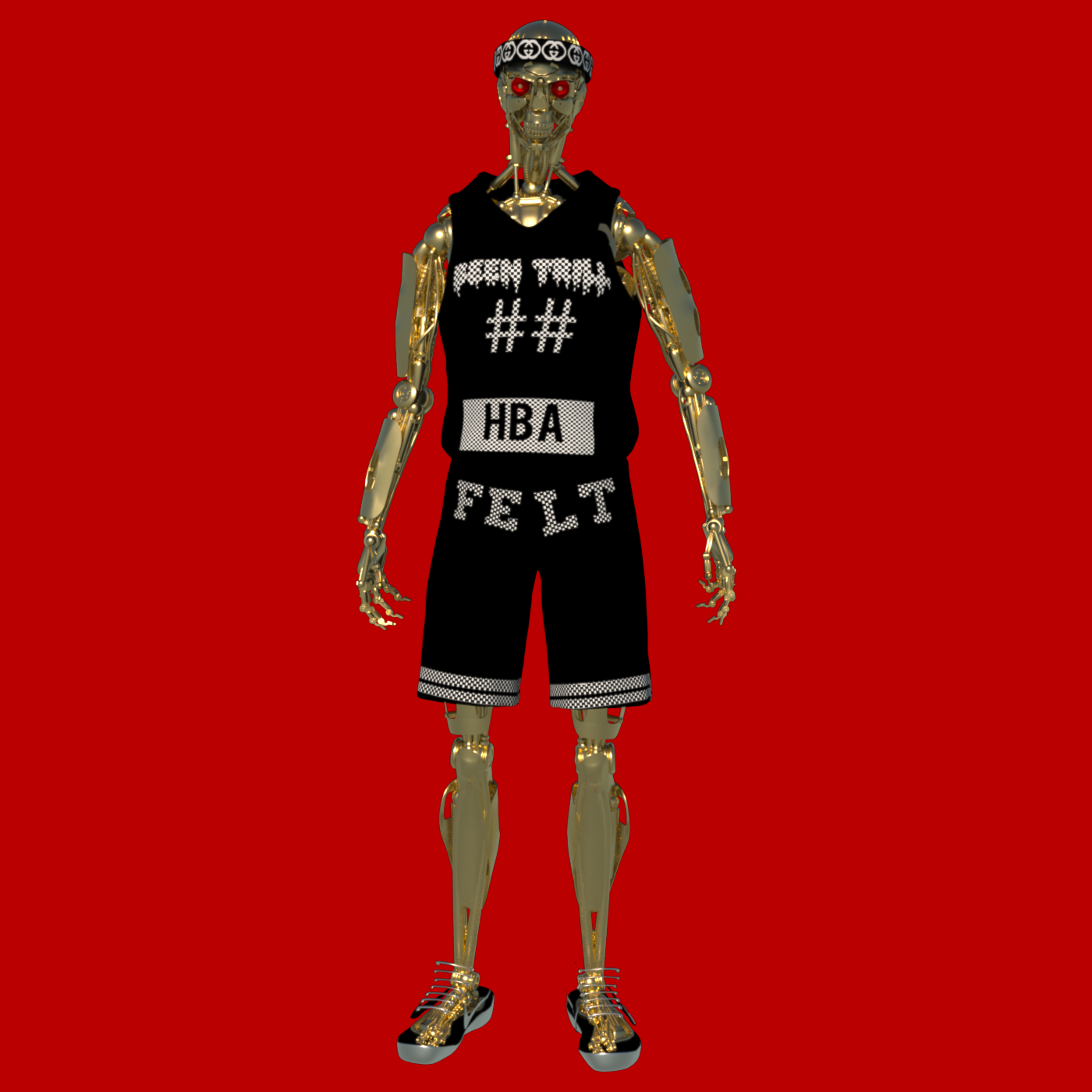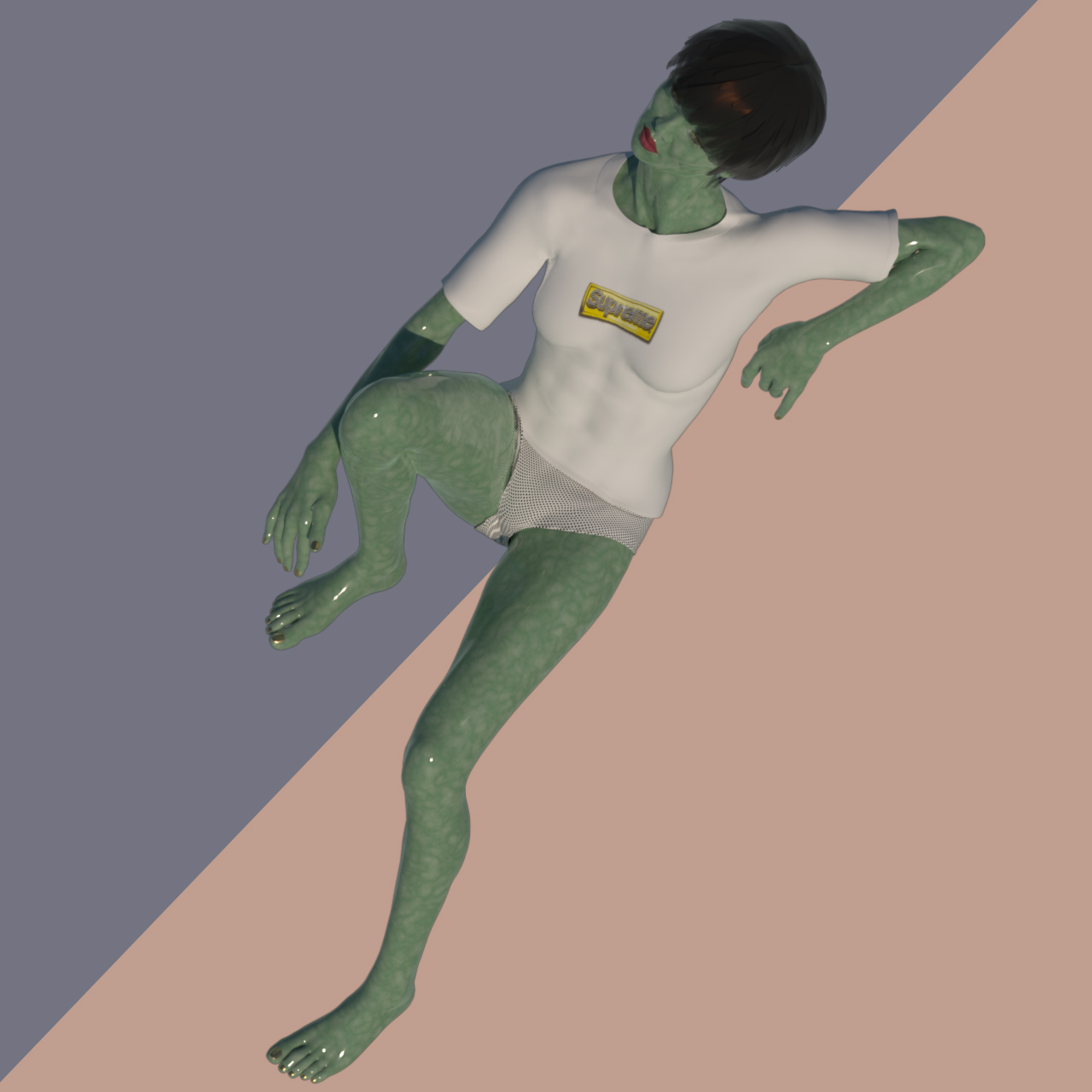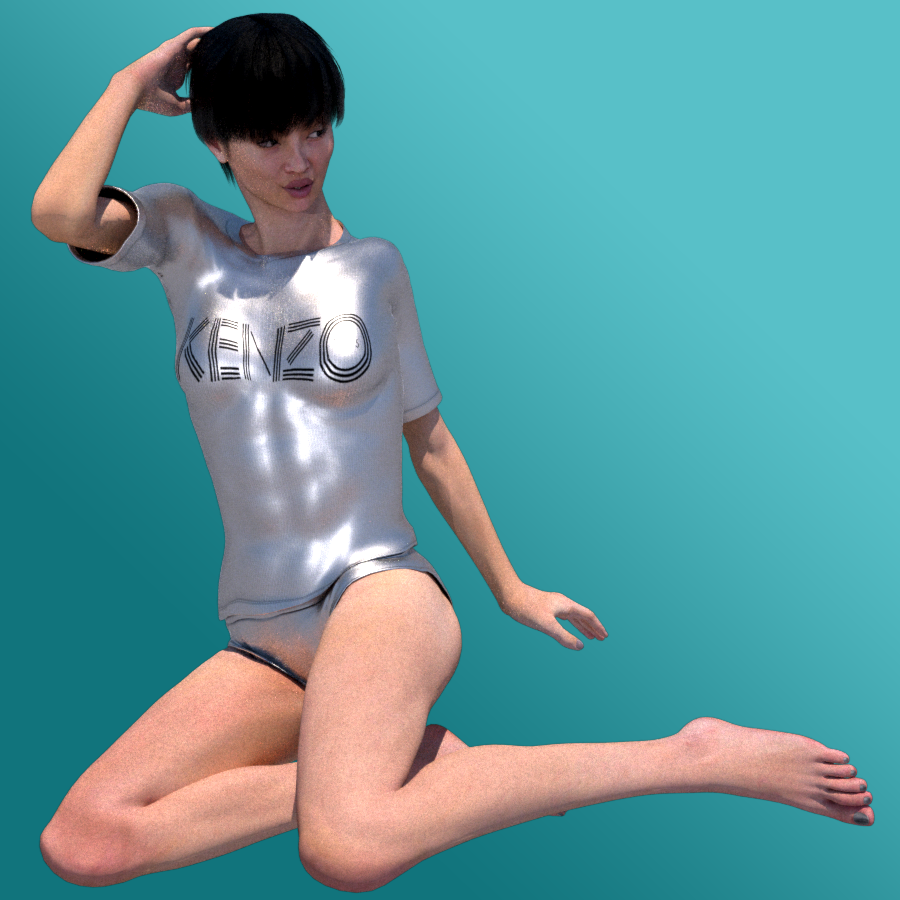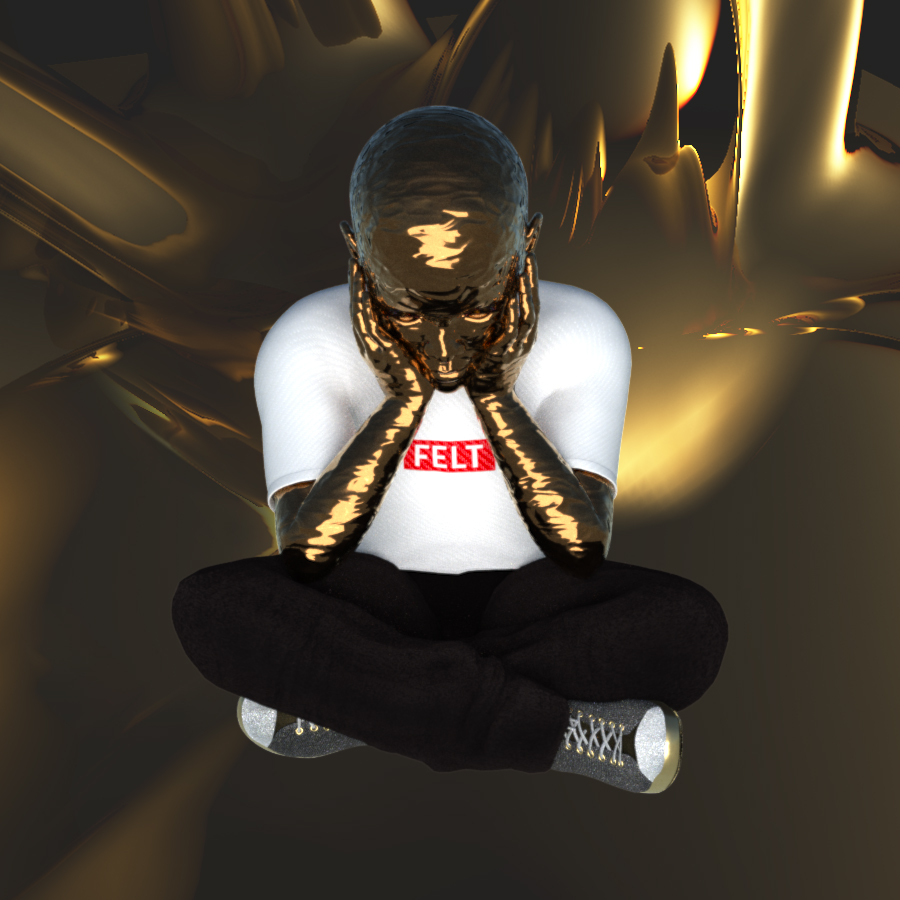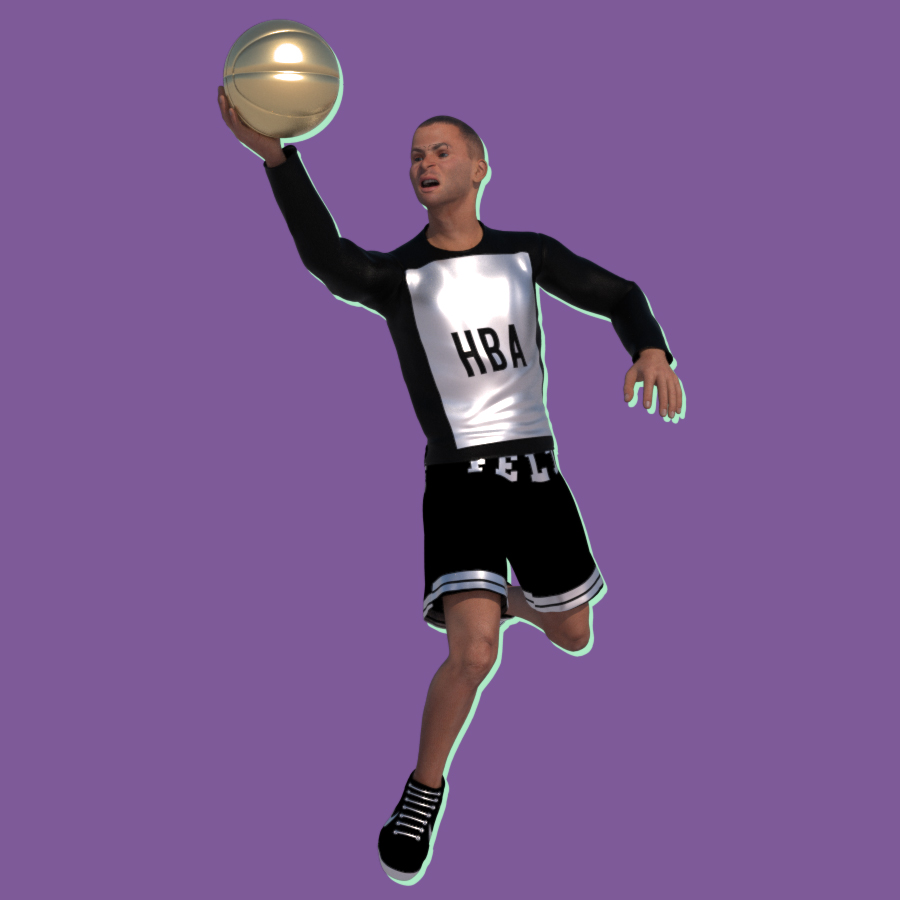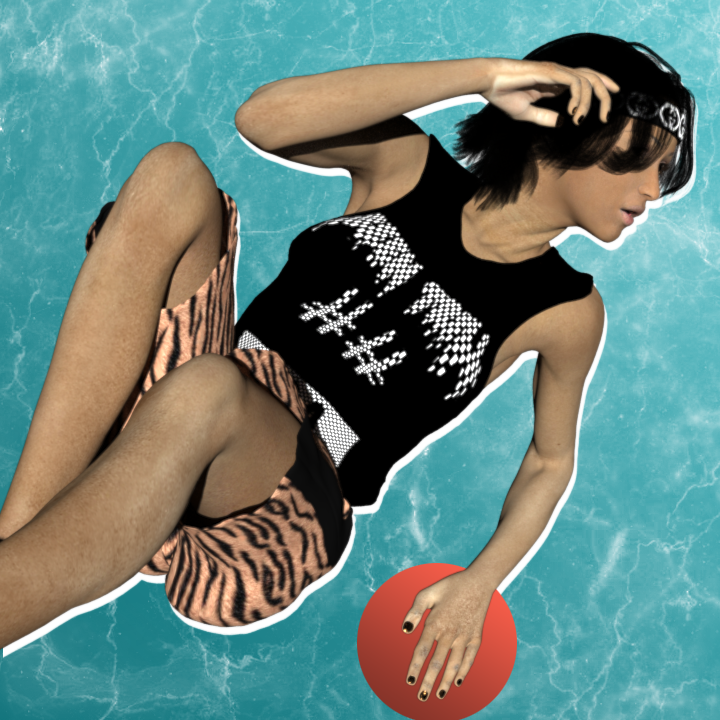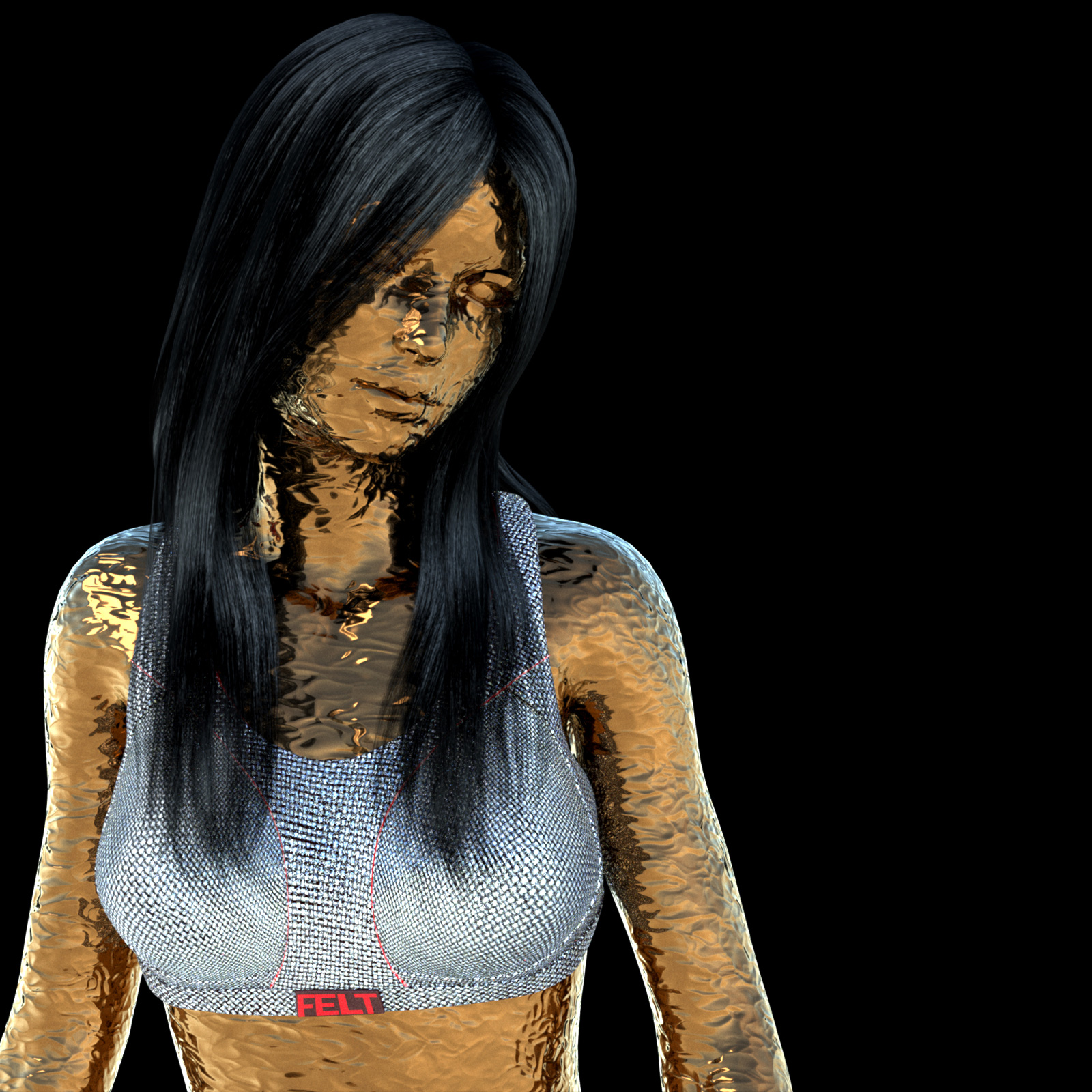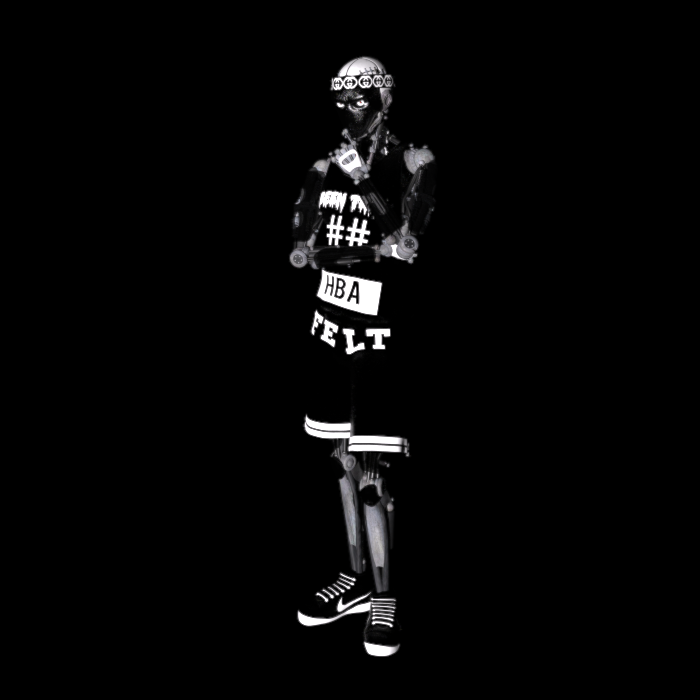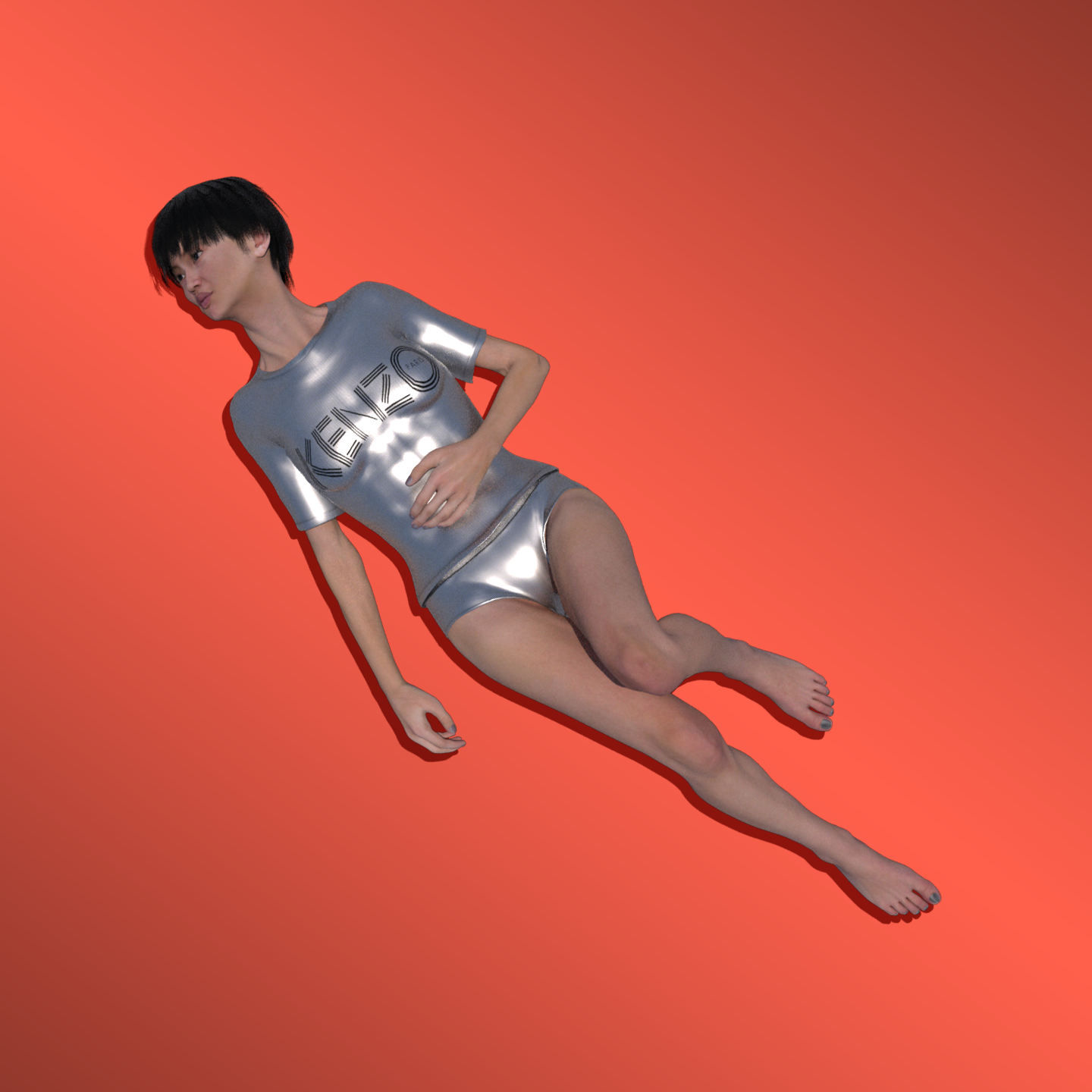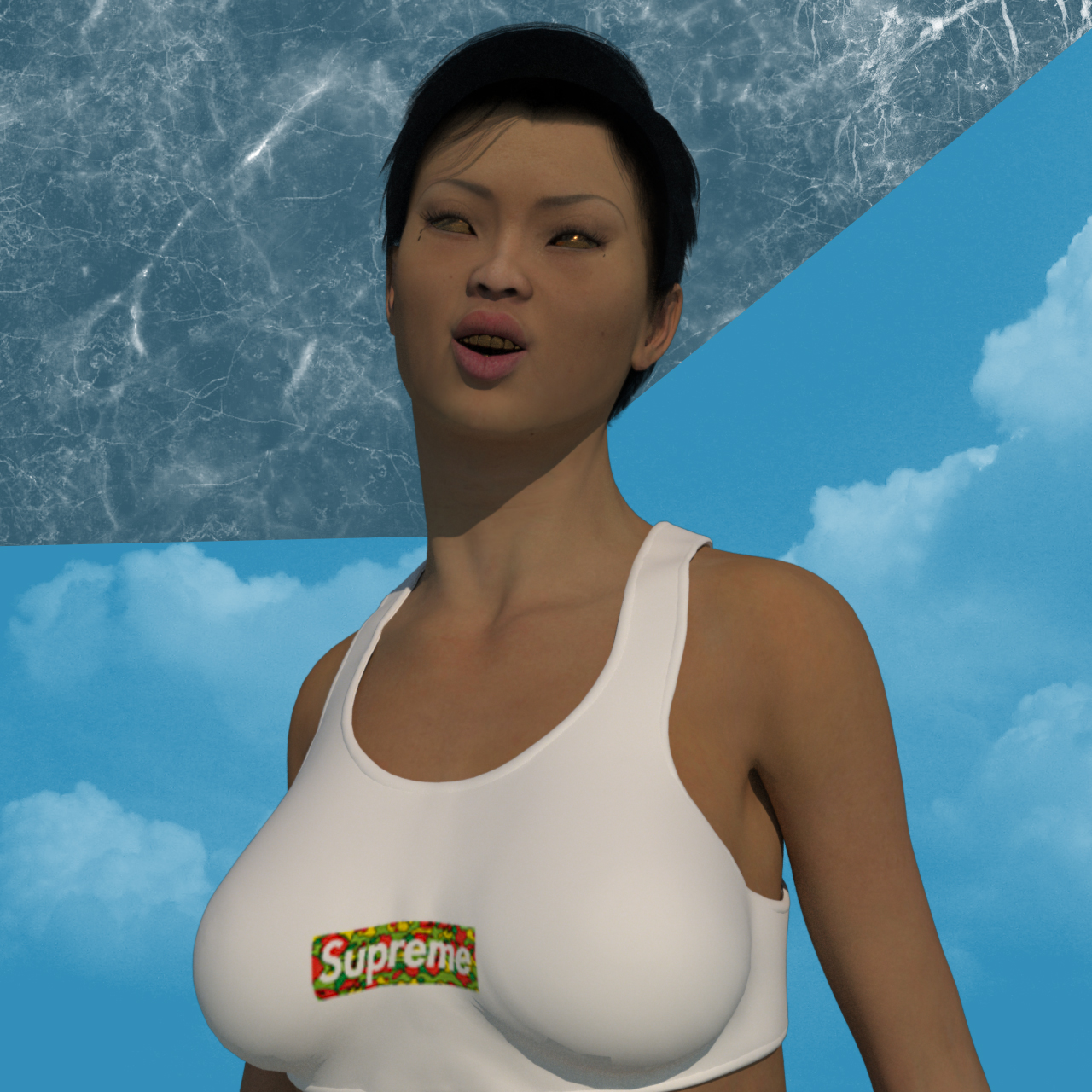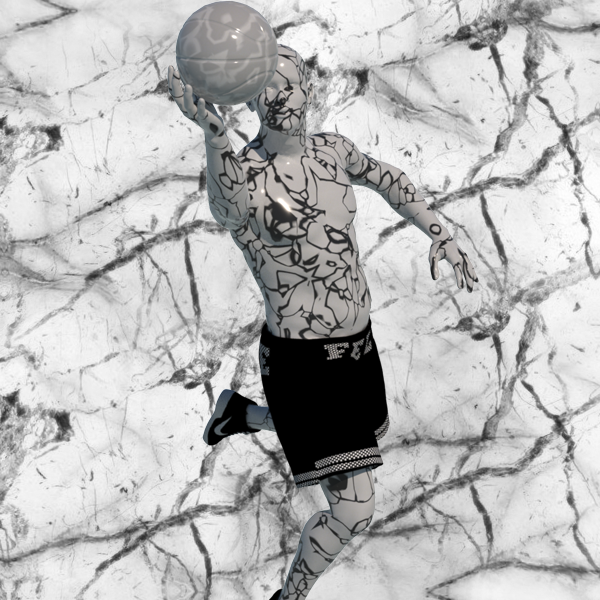JF: Because you want the openness? Because you want to have as few gestures as possible to express something?
ZB: No. It’s not that, it’s that the contained space of a paper or canvas, the frame, already provides this locked thing that gives the painting or drawing familiar context and access at the same time that it’s totally forgettable because we take the structure for granted. Where as, music can go on forever and ever and ever.
JF: Right. And the rhythm or the arrangement when it takes on aspects of that clear structure it limits it in a way that makes you directly aware of the limitations.
ZB: It’s harder to contain and also make something that is open at the same time. And still a gallery show still has some of the qualities I like about records. You walk into a show and the paintings are almost like songs. You check this one, check that, skip that one because you’re just not into it, keep going back to one. I don’t know the experience is similar to records but still, for me, when I try to work on music I just keep searching for the same expression and feeling I get from painting.
JF: Hmmm’ well for me, I often start just by making arbitrary decision. Like an oblique strategy, this is how fast it is, this is how long it is…
ZB: …It’s 120 bpm, 8 bar loop…
JF: Yeah, that becomes the canvas—from a making perspective—I work within some set of structure and limitations to start and it’s only later once that space has become more defined that I start to deconstruct or re-position or whatever and then multiple states or places emerge from the first instance.
ZB: So, what you’re explaining is that you almost have a roll of paper or canvas that you’re unrolling as you go. You’ve got the surface—which is the tempo—and then you have the size—which becomes set by the length—and the form which is the crude mark or whatever and it’s determined as you roll it out.
JF: Something like that but with the freedom to re-cut it at anytime or change the dimensions…
ZB: …the tempo.
JF: It can be like shifting from one size canvas to another. But, it’s almost like I’m starting over at that point and the first attempts really become like a sketch even if I’m still in the same session. Especially if the tempo is radically shifted, some things will immediately not work at the new scale.
ZB: Of course.
JF: But really what you’re talking about I guess has more to do with how you experience the finished track you’ve made and less about the making of it? And because when you make music, like with your painting, you’re mostly improvising and making decisions about the music after the fact, you’re looking for it to coalesce into a new form, like with oil spreading on the canvass reacting to what you’ve done. For me, somehow the letting go or accepting of some of the idioms of rock n’ roll or the 3:20 song, somehow it’s enough to give me that feeling of the canvas. Like, the beat when it hits and it’s right locks you in and you forget about the structure in the same way I forget about the object of the painting. The beat becomes a part of my body.
ZB: I get that, you make a track, you’ve built your spaceship but you can build the interior anyway you like and the exterior but the structure is there. But one thing that I find problematic is this difference between the transcendent quality paint has for me, the paint becomes something alien or otherworldly, but sound often can’t escape its physicality. Like you said, if anything it goes backwards.
For instance, if I’m trying to come up with something like an original guitar sound. The more it goes onto a side that I like the more it becomes un-listenable to everyone I know and muddles the whole sound. It feels like trying to imagine deeper space in a very limited space. Because, with a guitar, I want to make something that doesn’t sound like a guitar because I don’t like a really normal electric guitar plugged into an amp sound but nothing really feels like that thing I’m searching for.
I keep relating it back to similar techniques I use when painting. When I moved from painting on white primed canvass to painting on linen, my whole world changed completely and suddenly it worked. Paint on paint looked dead, but paint on a textured warm surface suddenly sparkled. So, I keep thinking of sound, the sound of the recording and the sound of the instrument—however you make it—are equivalent to what materials you use when painting. Which has a big effect on whether the image is successful or not.
JF: And this idea that music can be an object at all is all still a really new way of thinking about music. In The Recording Angel, Evan Eisenberg talks about how before recording, and going back to the beginning of human history, music was thought of as the purest of art-forms because it never crystallized, because it only existed in the moment you perform it. Recording actually moves music and painting closer together than at any other point in human history, music becomes an object. Before recording, you couldn't own it, you couldn't rewind back to the moment, even when you played the same song again, it was literally different the next time.
ZB: So it was always a moment and then it's gone, boom.
JF: And between performing and recording the physics of the sound is always mutating too. I’ve made guitar sounds that feel like I am getting to an otherworldly place and then I record it and it doesn’t sound anything like what I thought it sounded like. And that’s the thing, when you’re actually working to create a sound in a space, it’s vibrating more than just your eardrums, your whole body is involved.
But, let’s back track a bit. You’ve really become focused now as a painter but when you sort of emerged you were playing with installation and linking even more directly to music and more, let’s say conceptual based work, were you painting at the time that you were doing the installation work?
ZB: I'd been painting throughout but none of the paintings I made then felt interesting enough to me, so I was doing a bunch of shit, video art and the weird installation shit in the house which was sort birthed out of not really having gallery shows and not having a place to show but I really wanted to build things on a scale. This is a long story but I'll try and cut it short.
I moved from Pretoria to Joburg and I decided not to take my computer with me because I had been trying to do this video shit for a long time and I was sick of staring at a computer all day. Instead, I decided to just do drawings. This also helped because I was broke but could afford paper and ink. I moved to Joburg with a mattress and I had this room and then I just made all these ink drawings that filled the room. I started photographing the drawings just to keep track of what I was making because I would need to take them down to make new ones.
The drawings turned into collages and the collages turned into these installations it just organically happened. I got a slightly better camera and then a slightly better camera from a friend. As my ability to photograph the work got better I also got more interested in making the photograph. I would build the installation. Photograph it and build another with the idea of making a book of all these photographs of what I was building in this bedroom. Which is great. One day you build this thing, you photograph it and the next day you break it down and build another and it allowed me to be quite productive but not need to have a big studio or make bronze casts or anything.
What I really liked about it was that the thing that came across was the idea of "just fucking do something with whatever you got". You don't need access to a massive studio or a massive gallery to be productive or to make work of a certain scale, you can make something above the bed and as I say, this really worked for me at the time because I didn't have those massive spaces or cash. It's cool when it comes together in a way that still translates.
But at some point I had to let go of the sort of context the photograph provides because you can make anything and photograph it and it will look cool—zoom out, re-frame it, include more of the environment so you have all this stuff that adds to the "painting". The challenge I think is to make something compelling with limited stuff or context, because as much you are limited just building something in a room, with a photograph the room itself is doing some of the work. To remove that and make the marks work with their own context on the canvass, that was the challenge.
